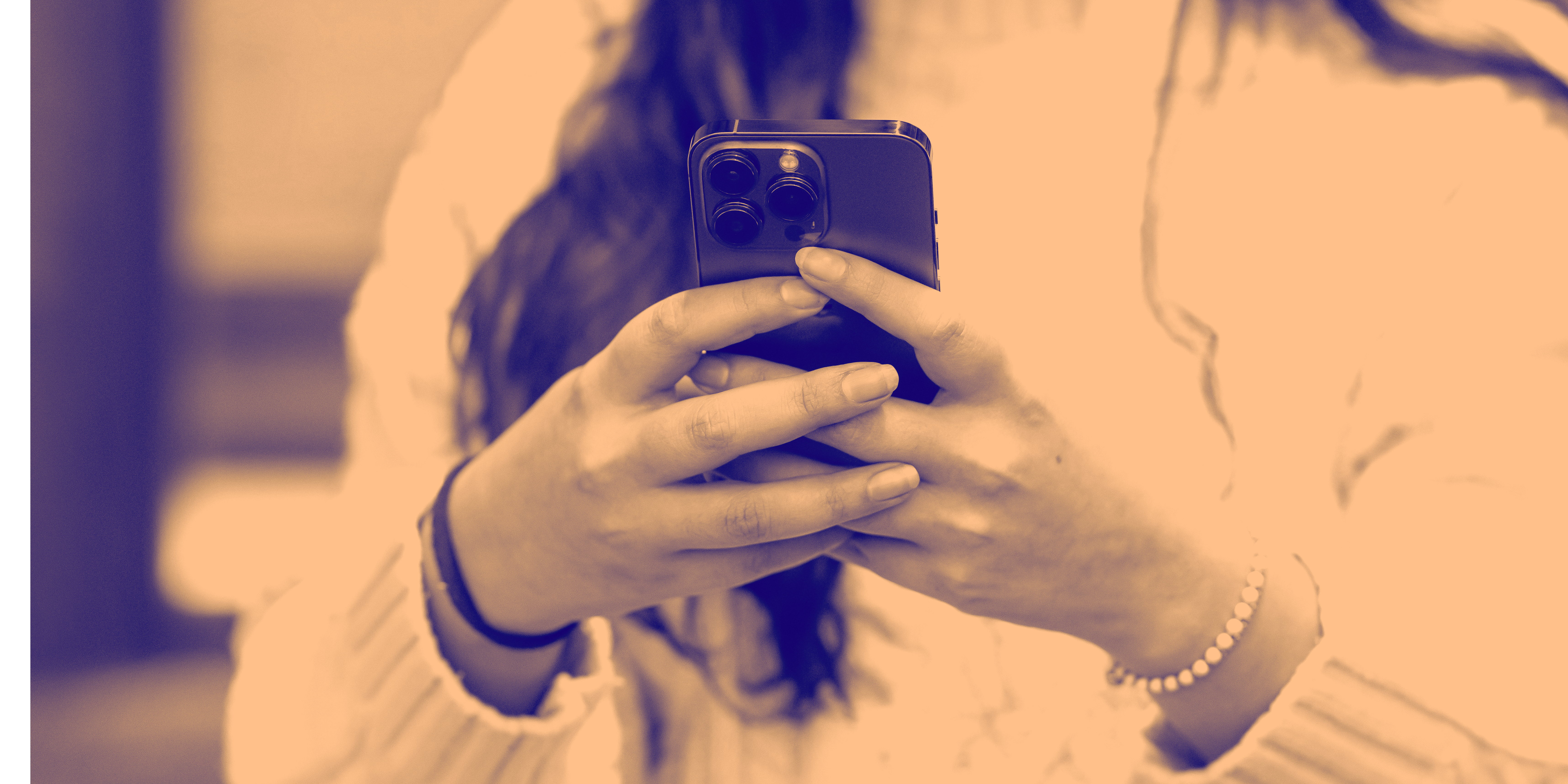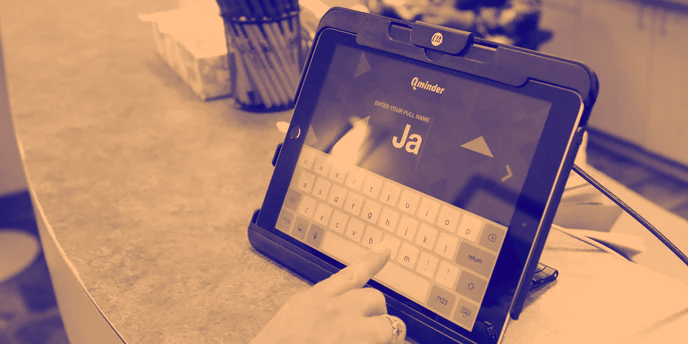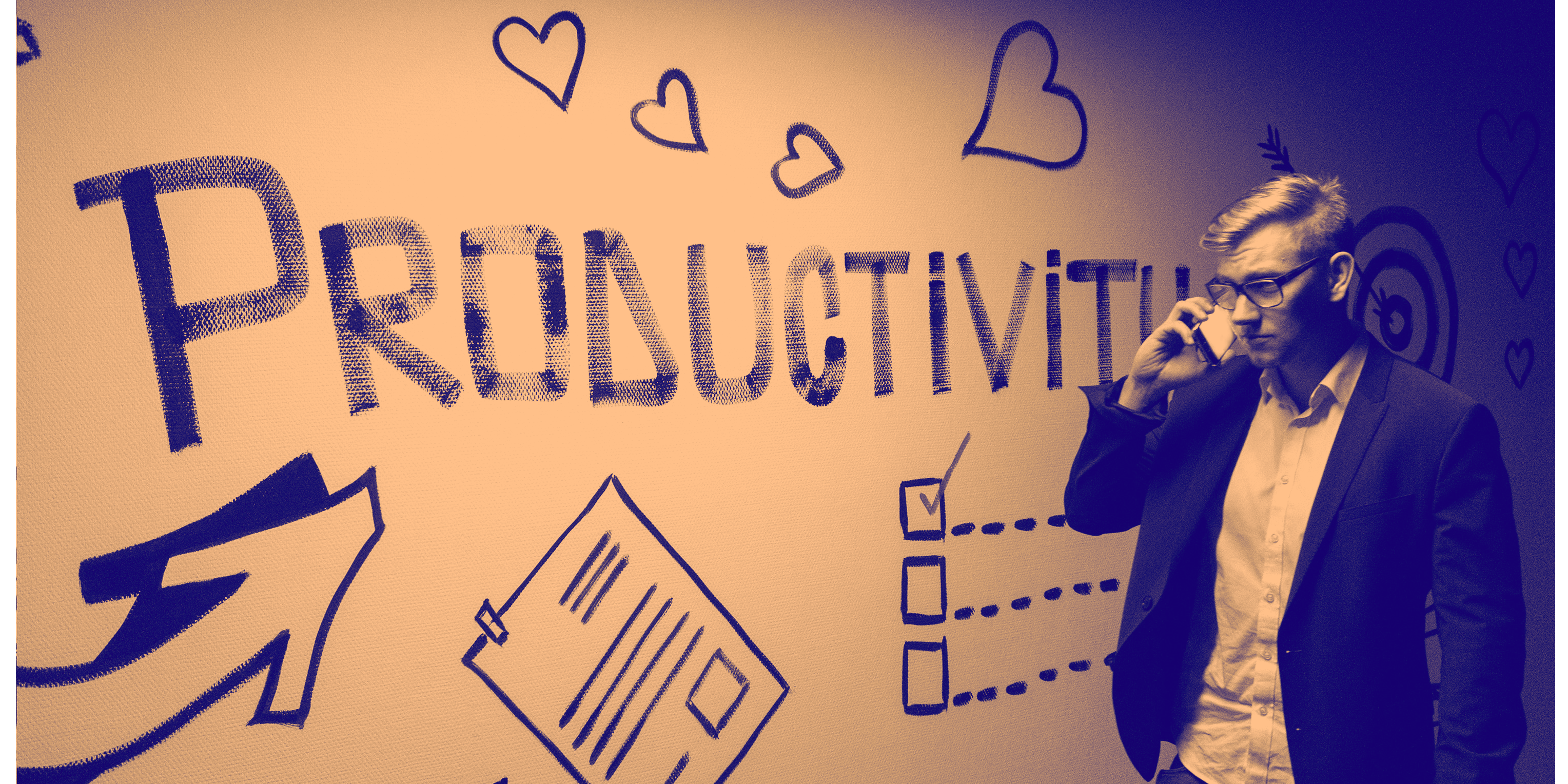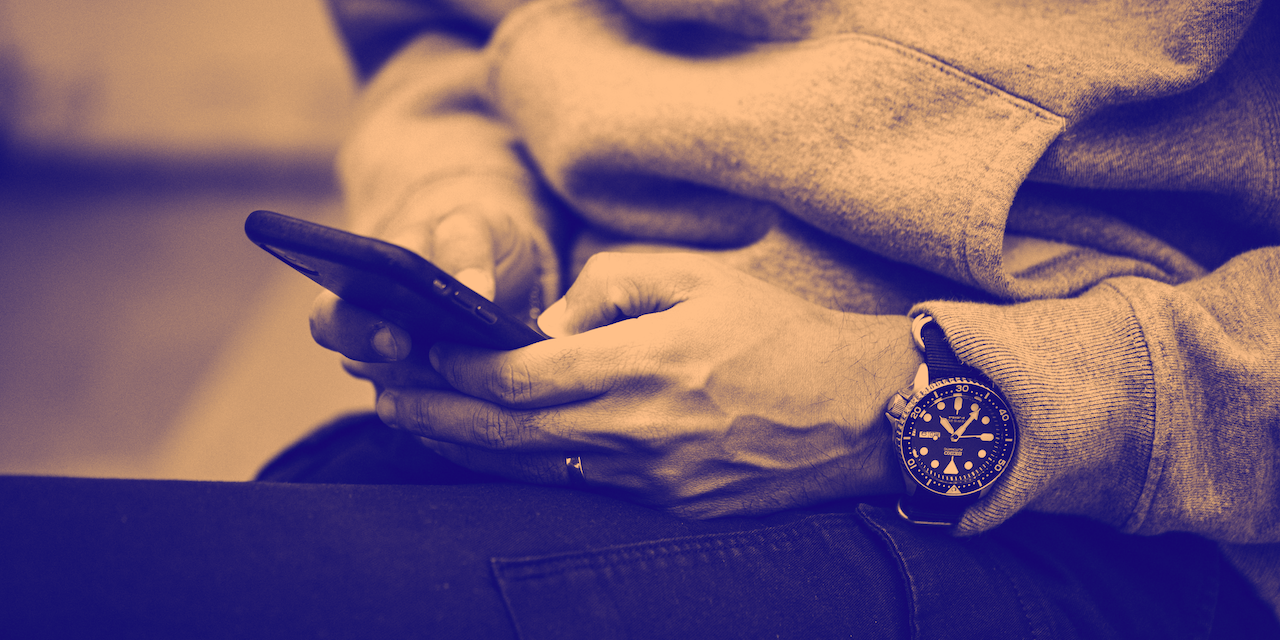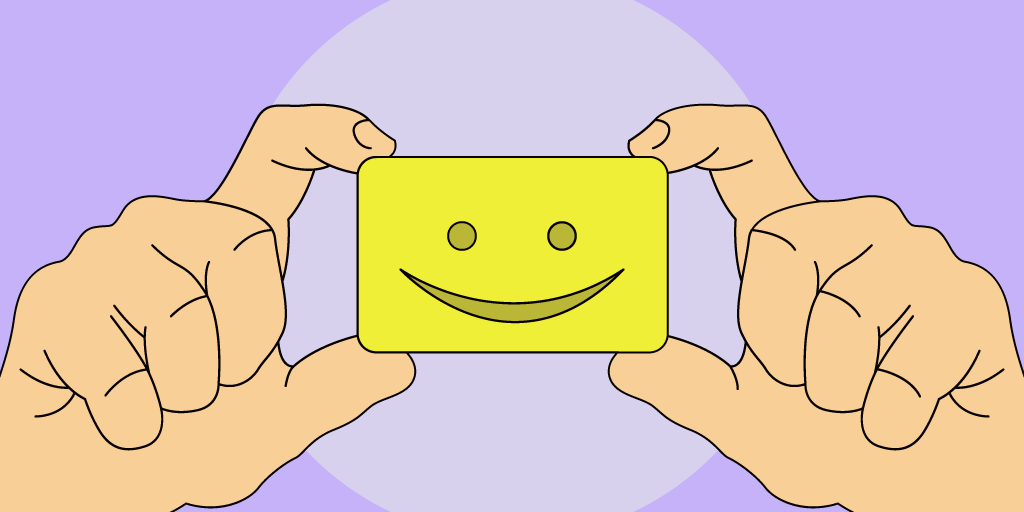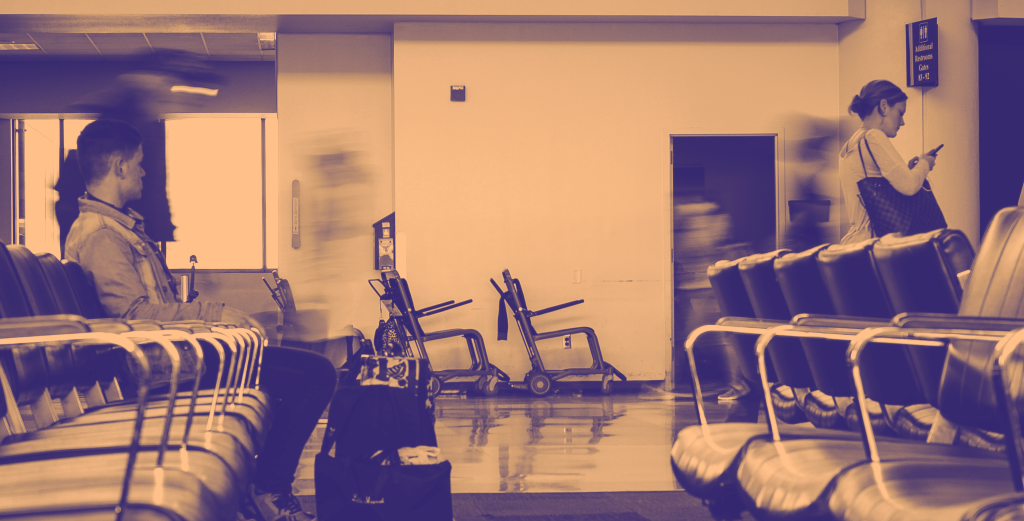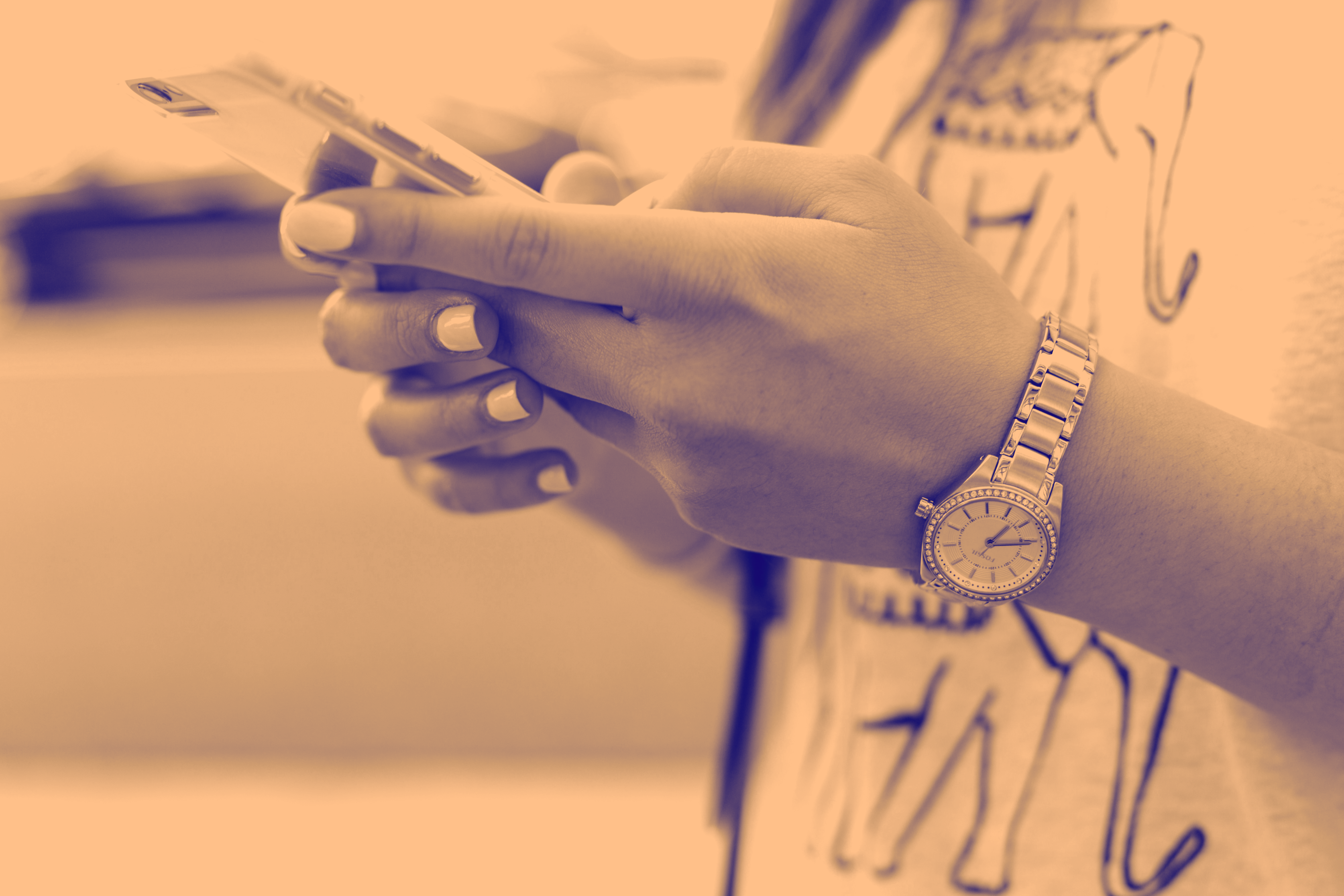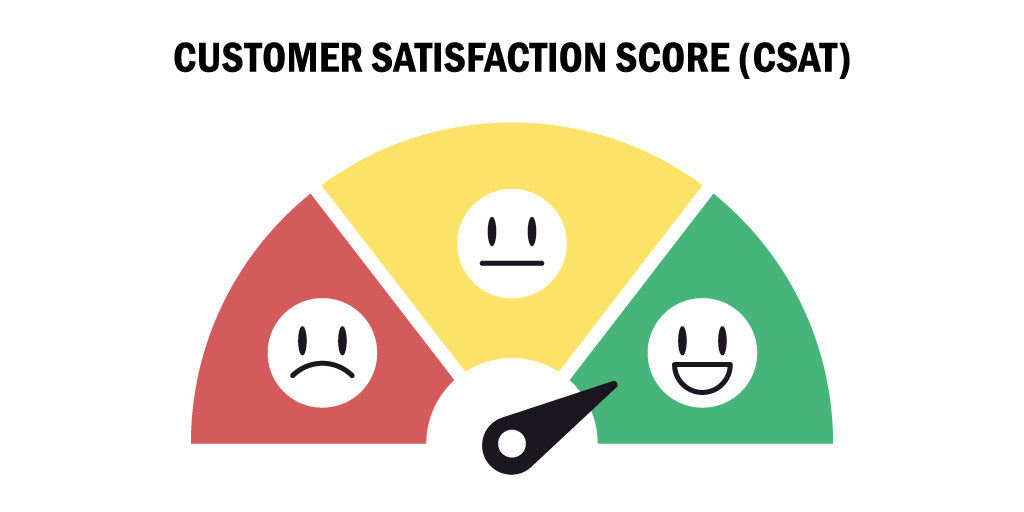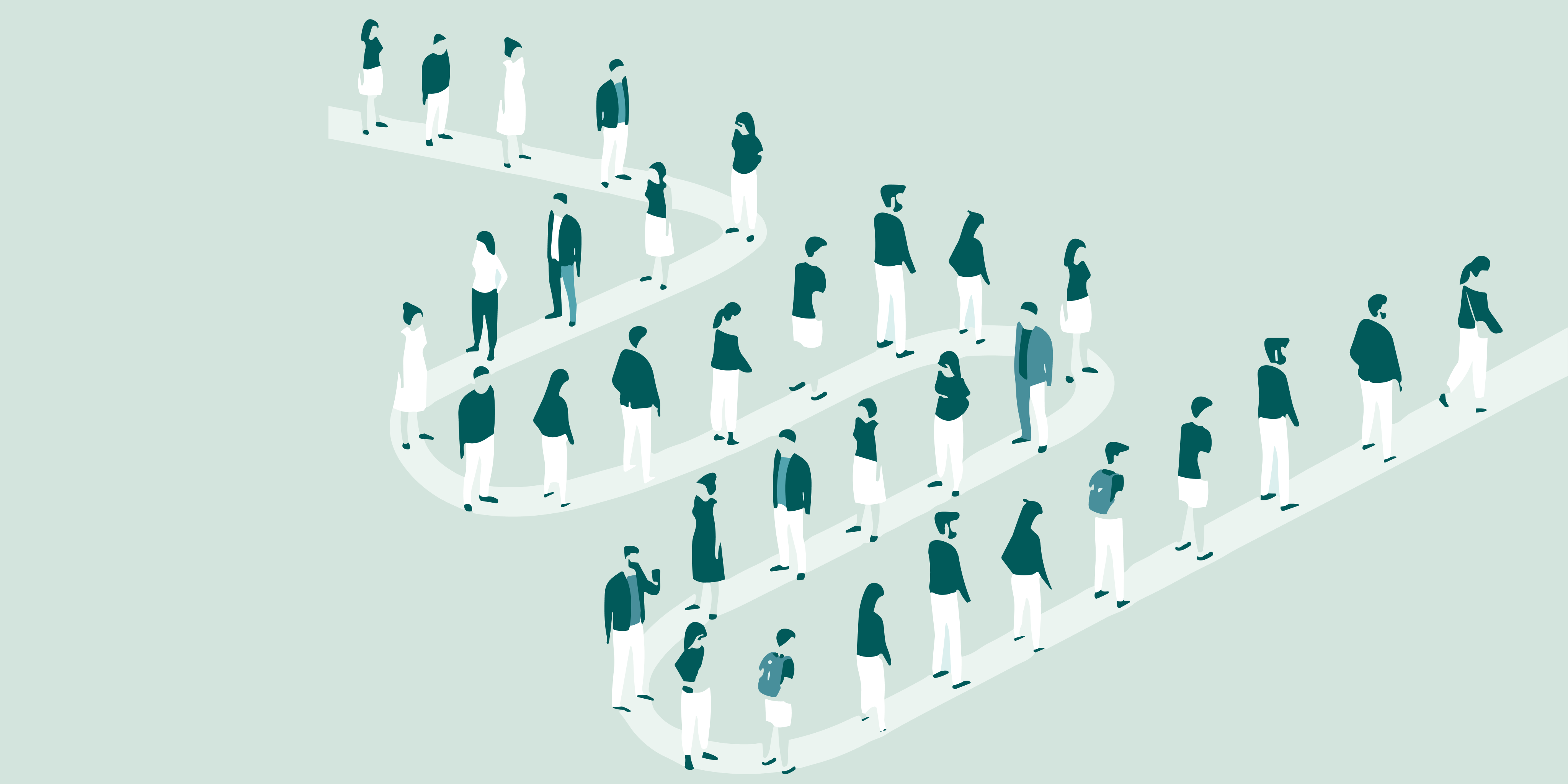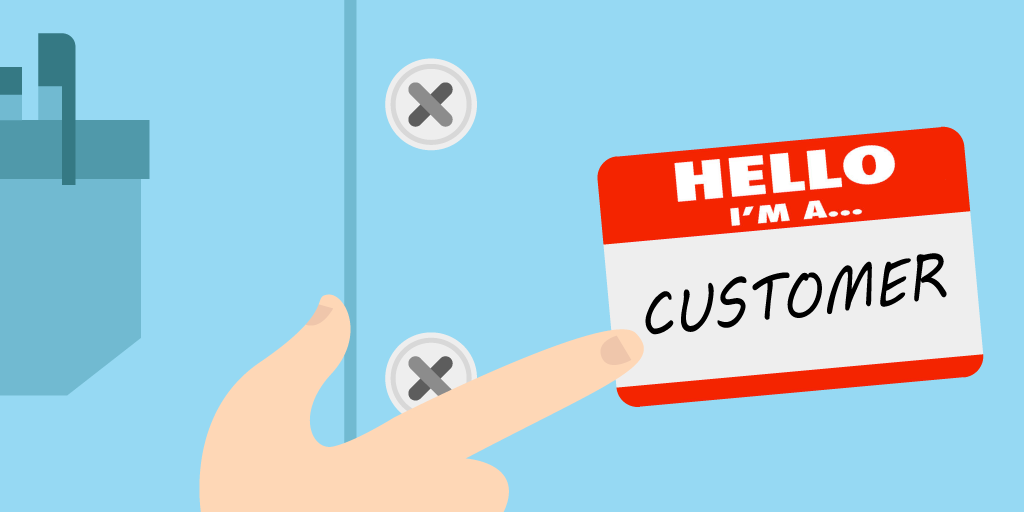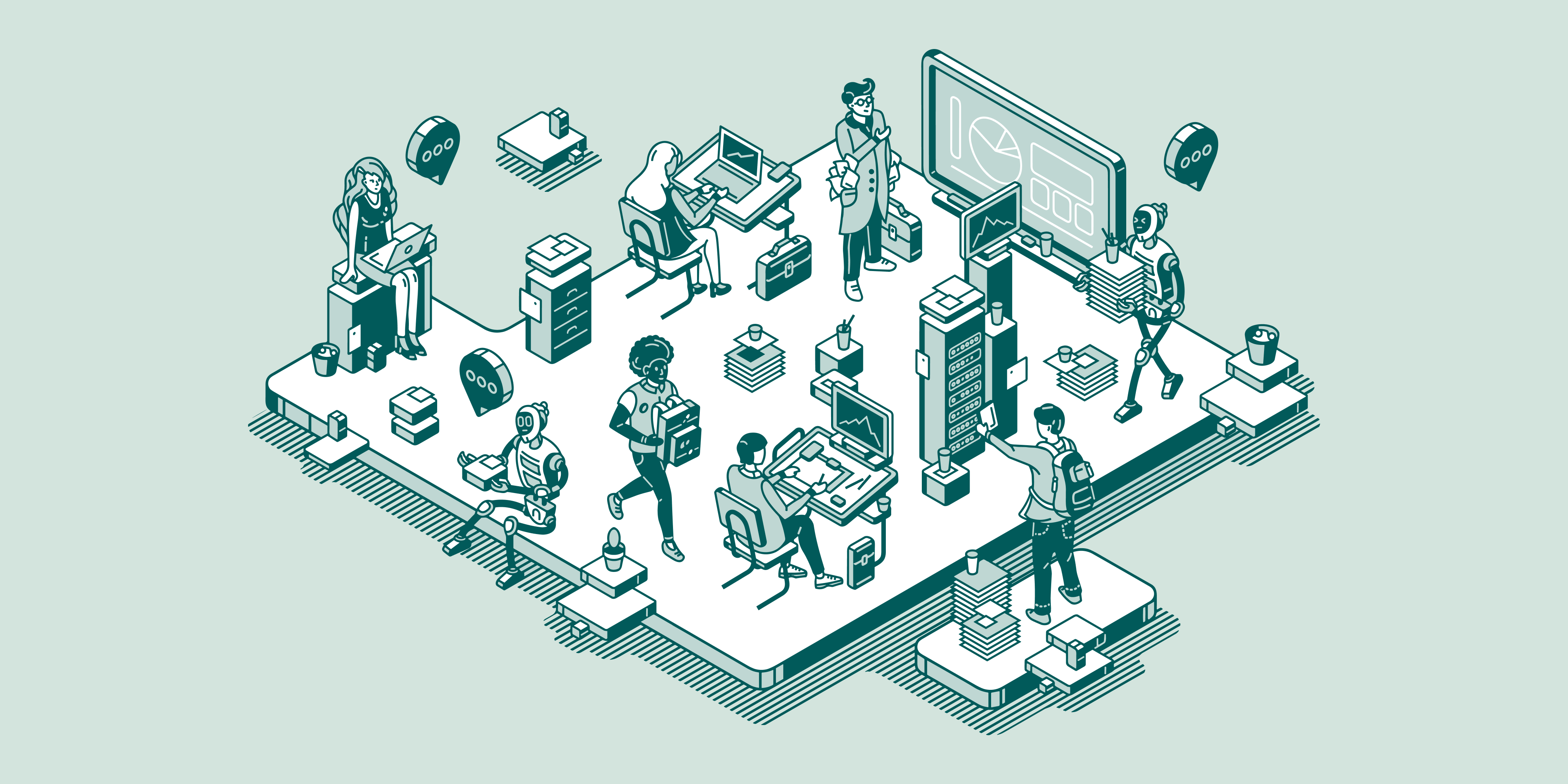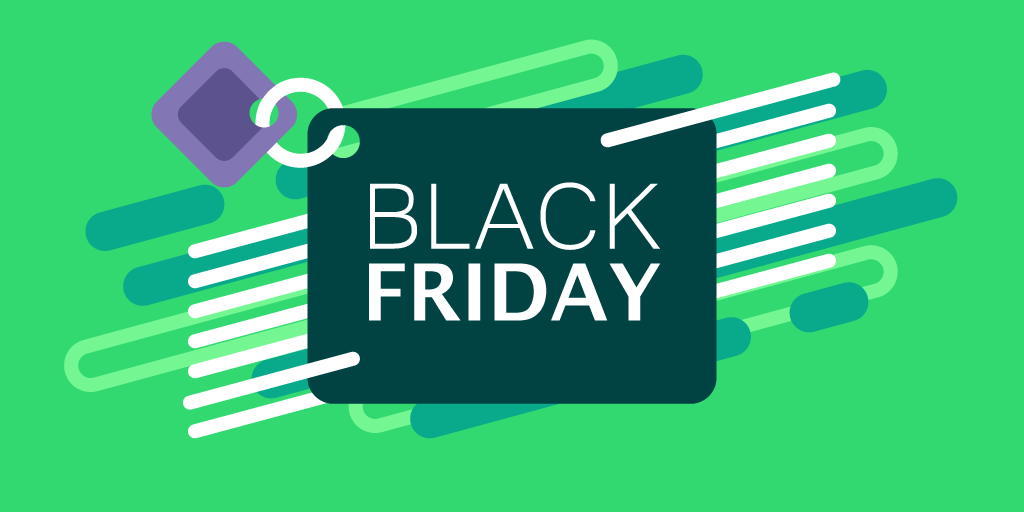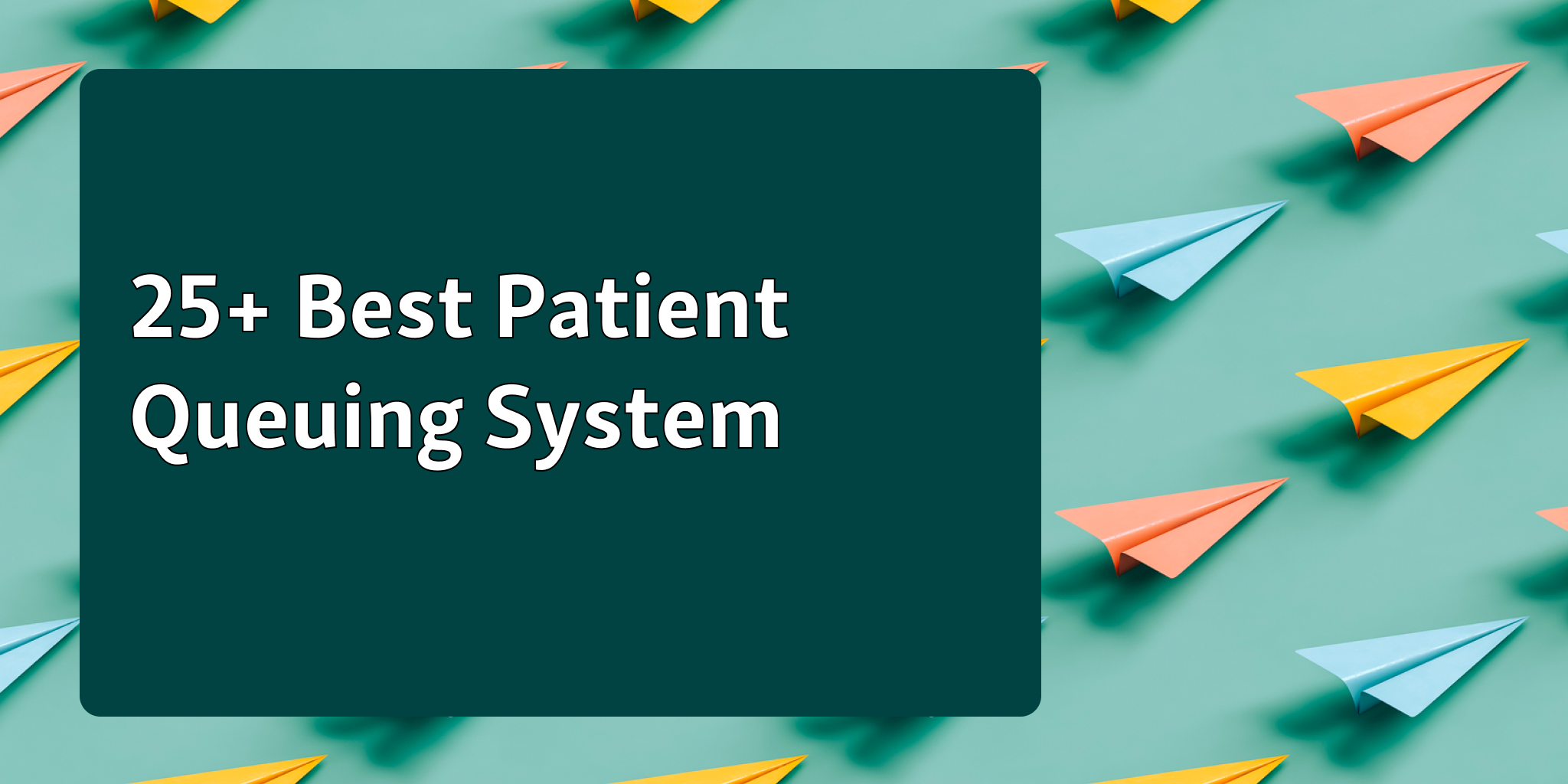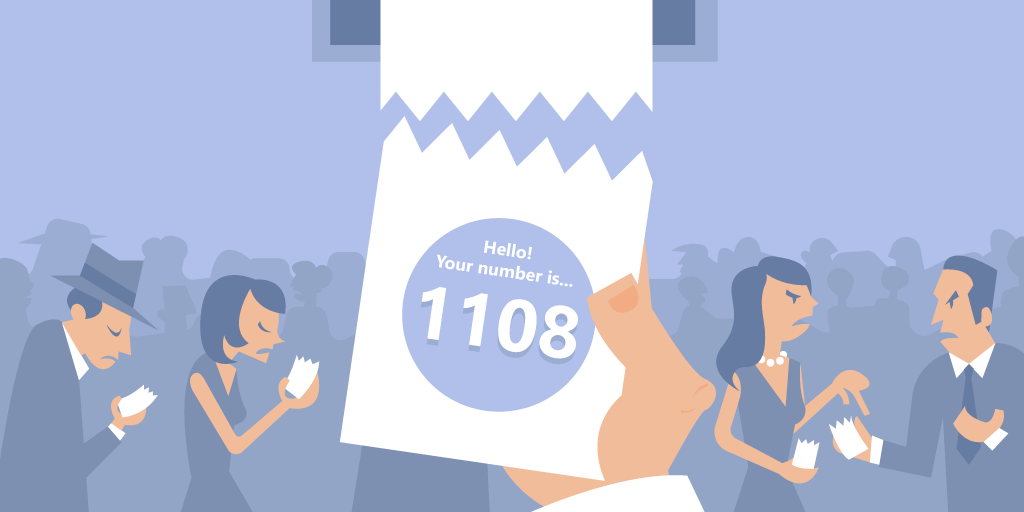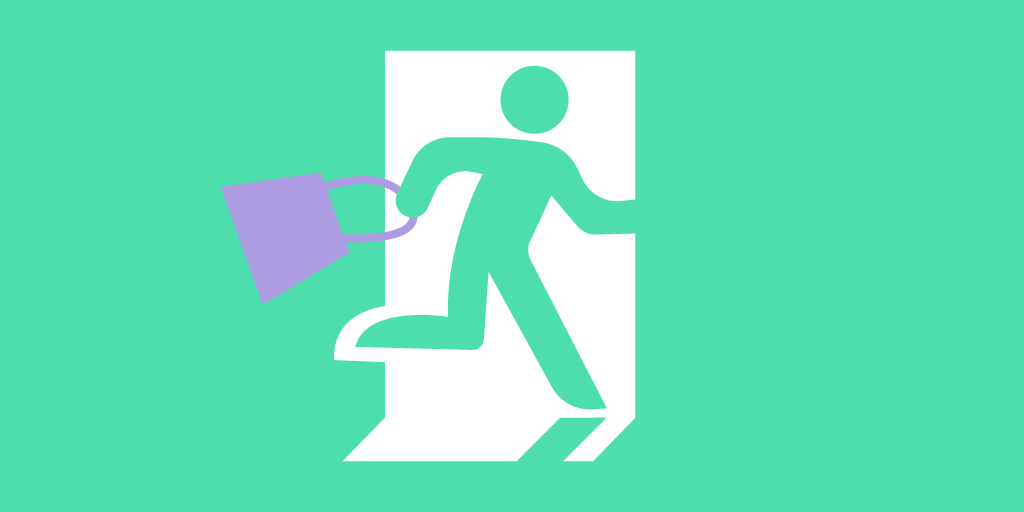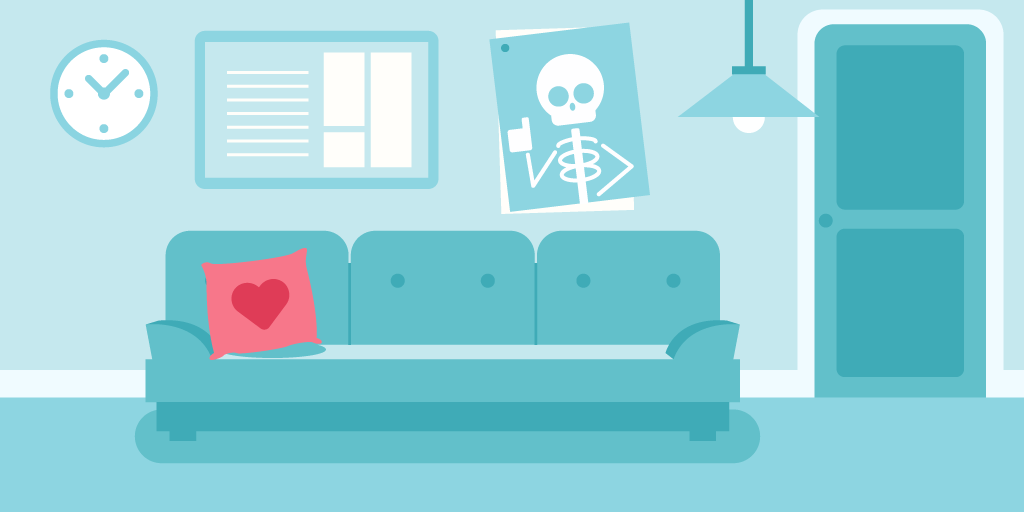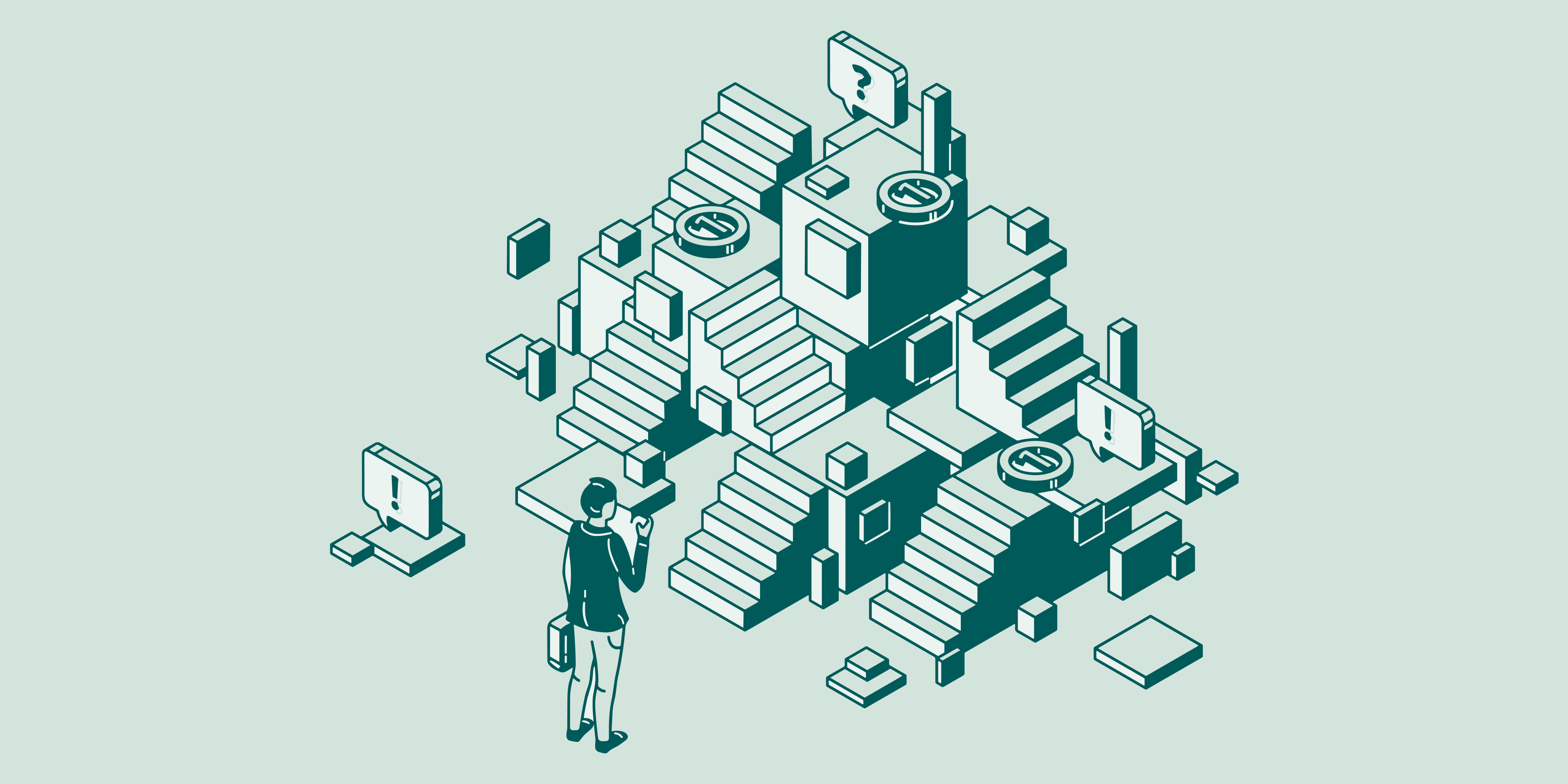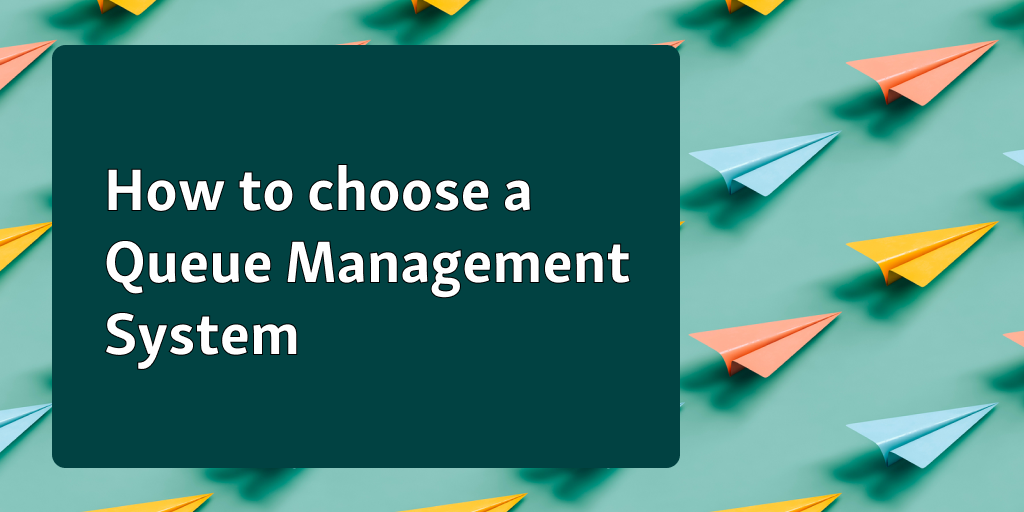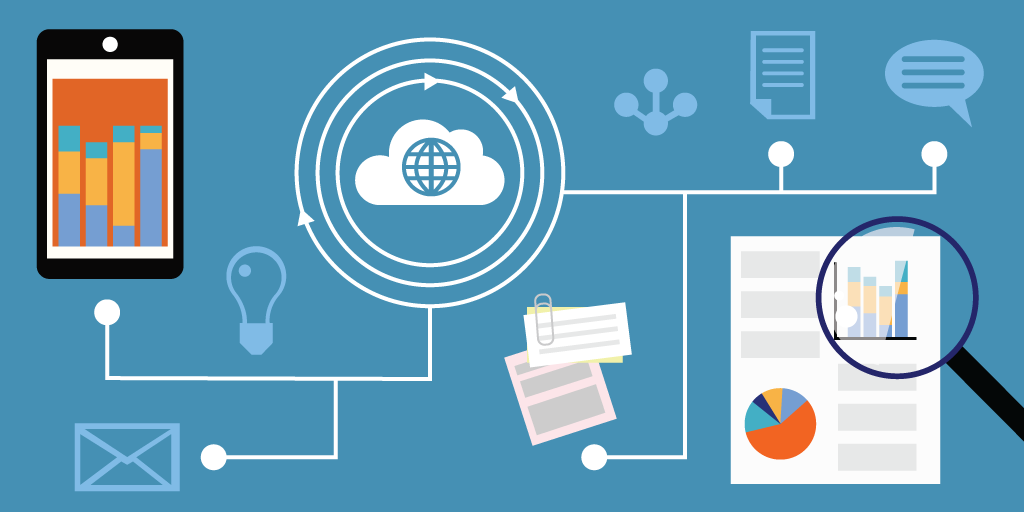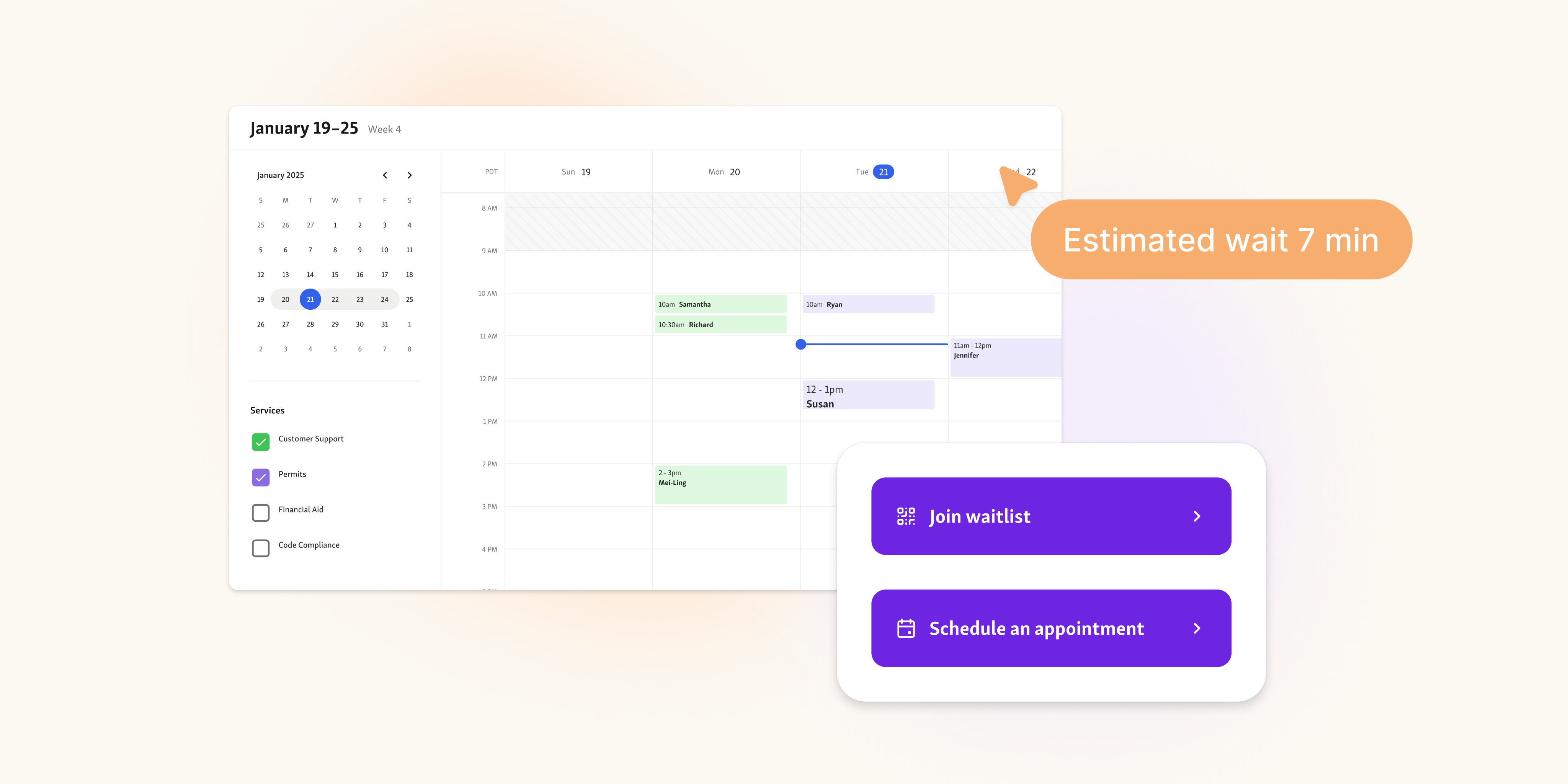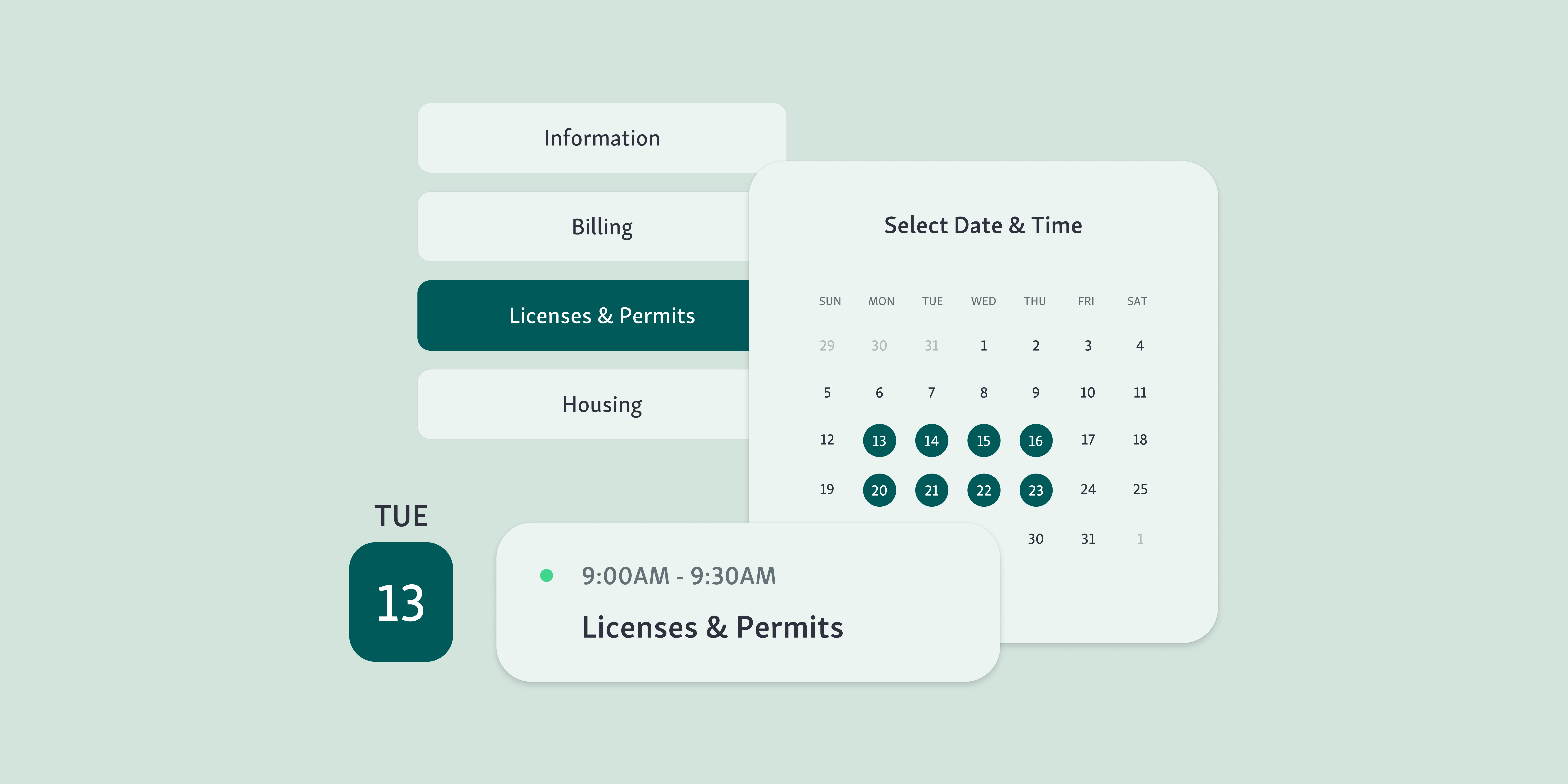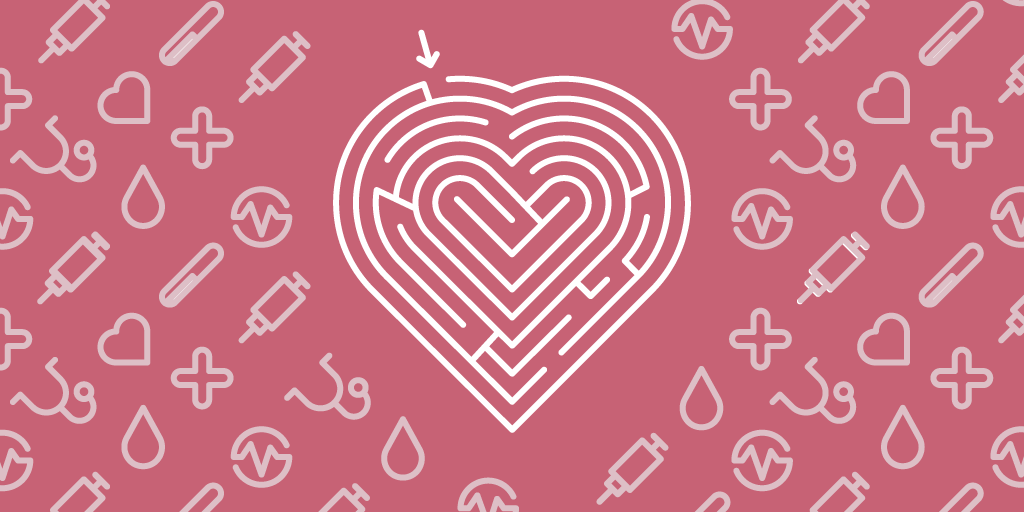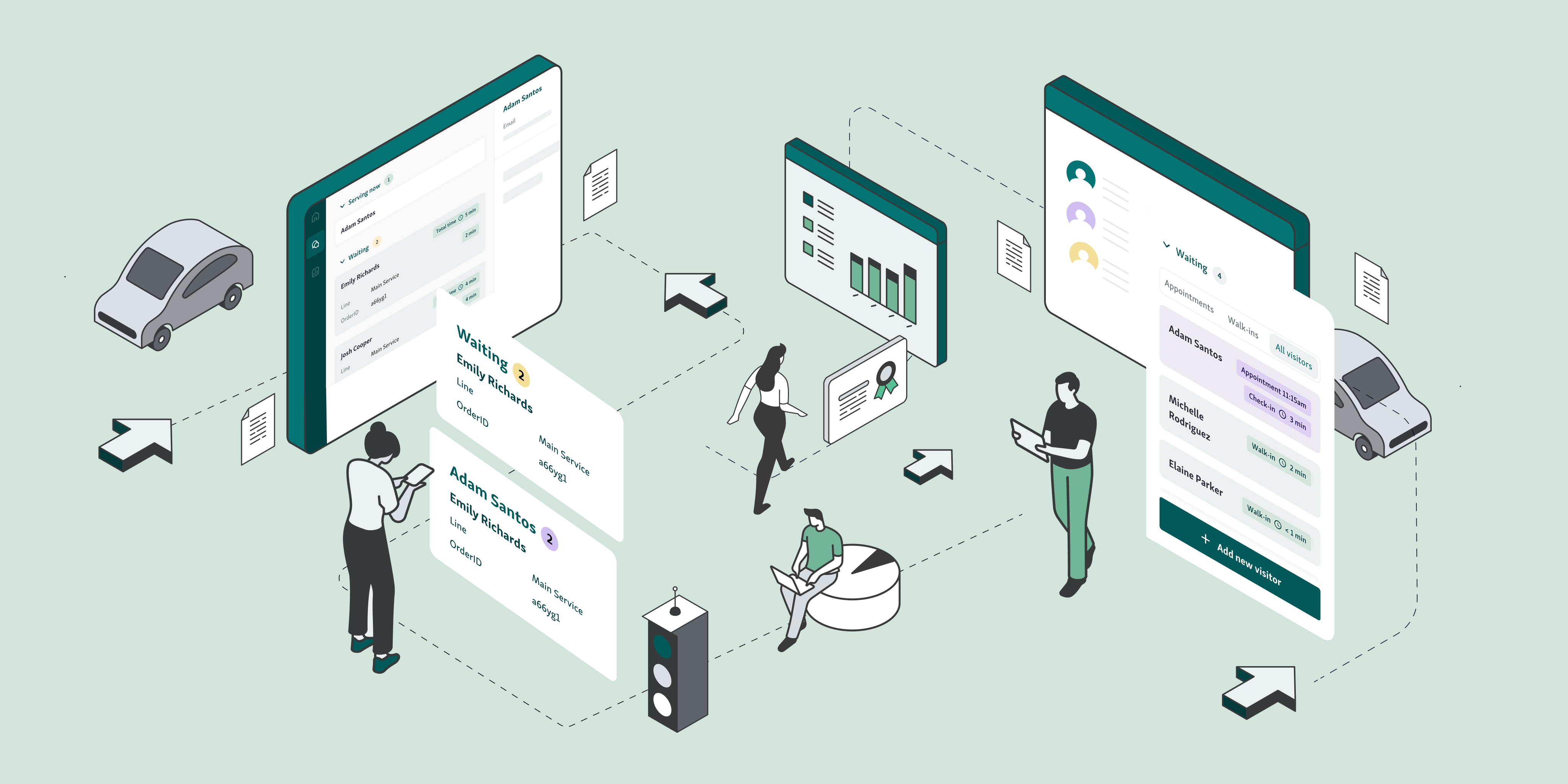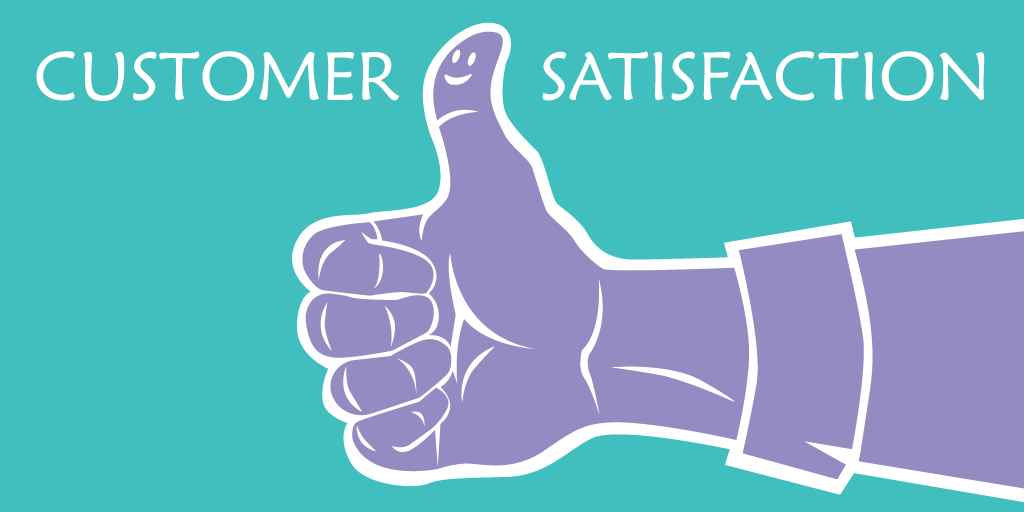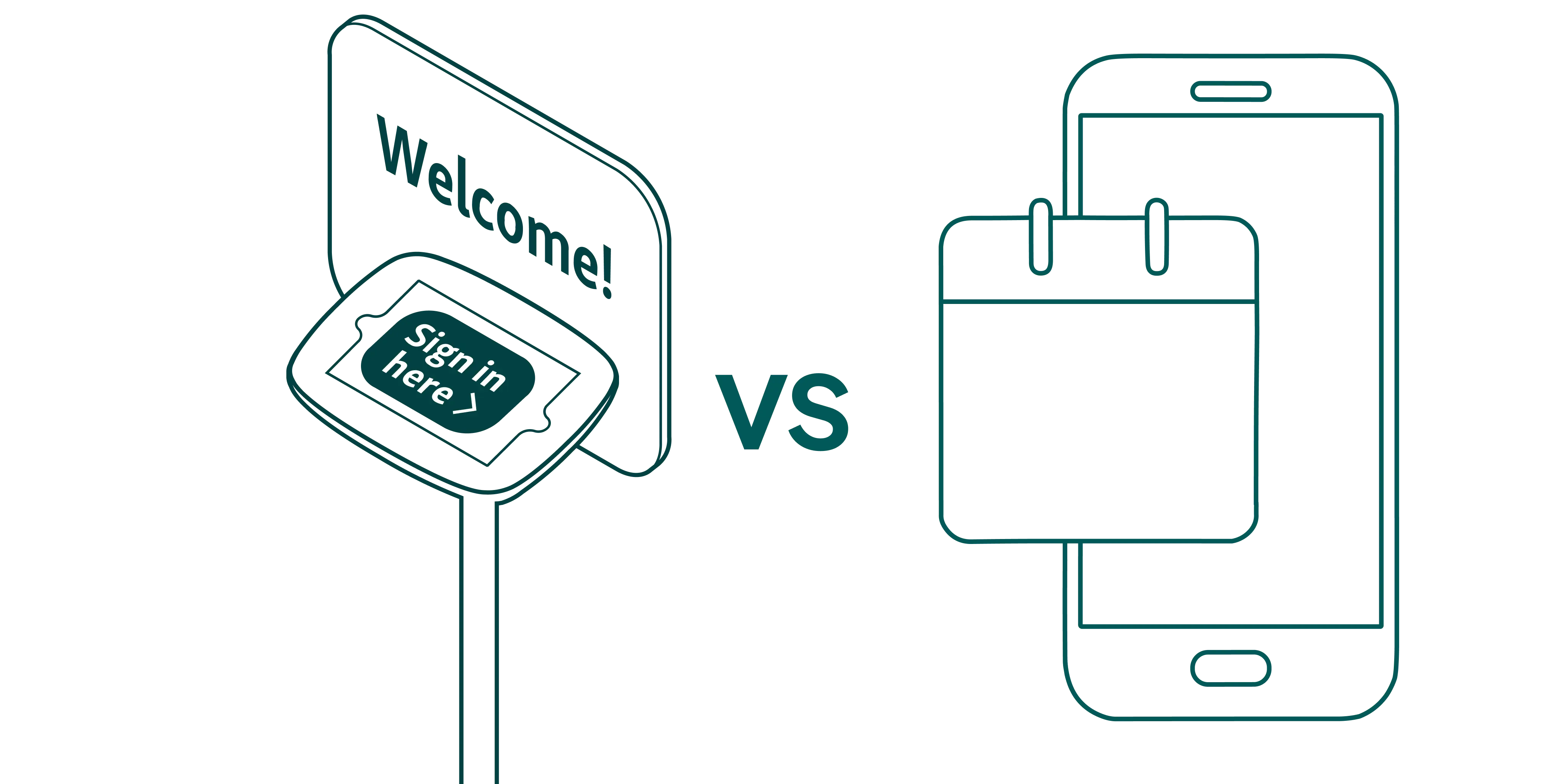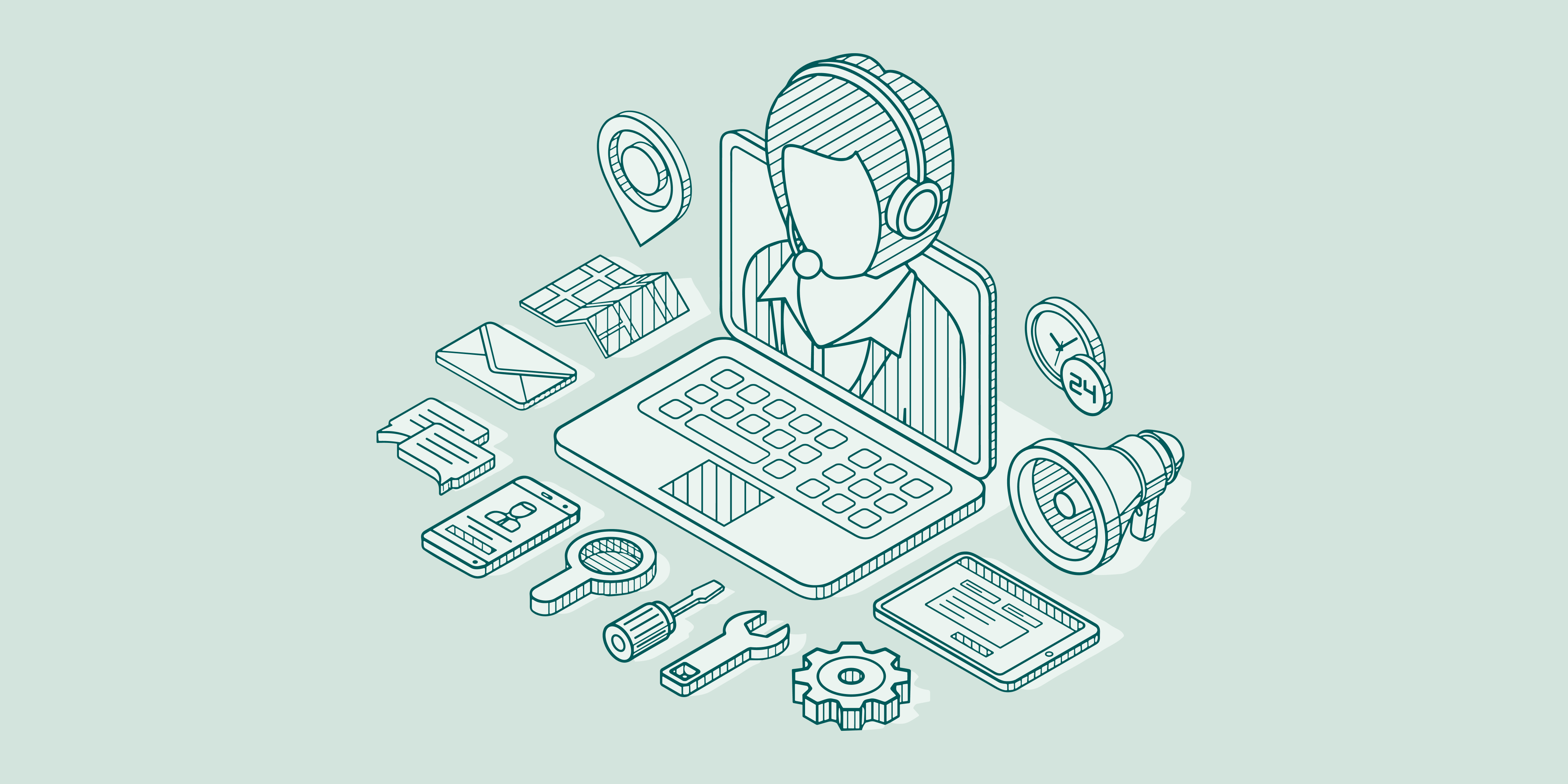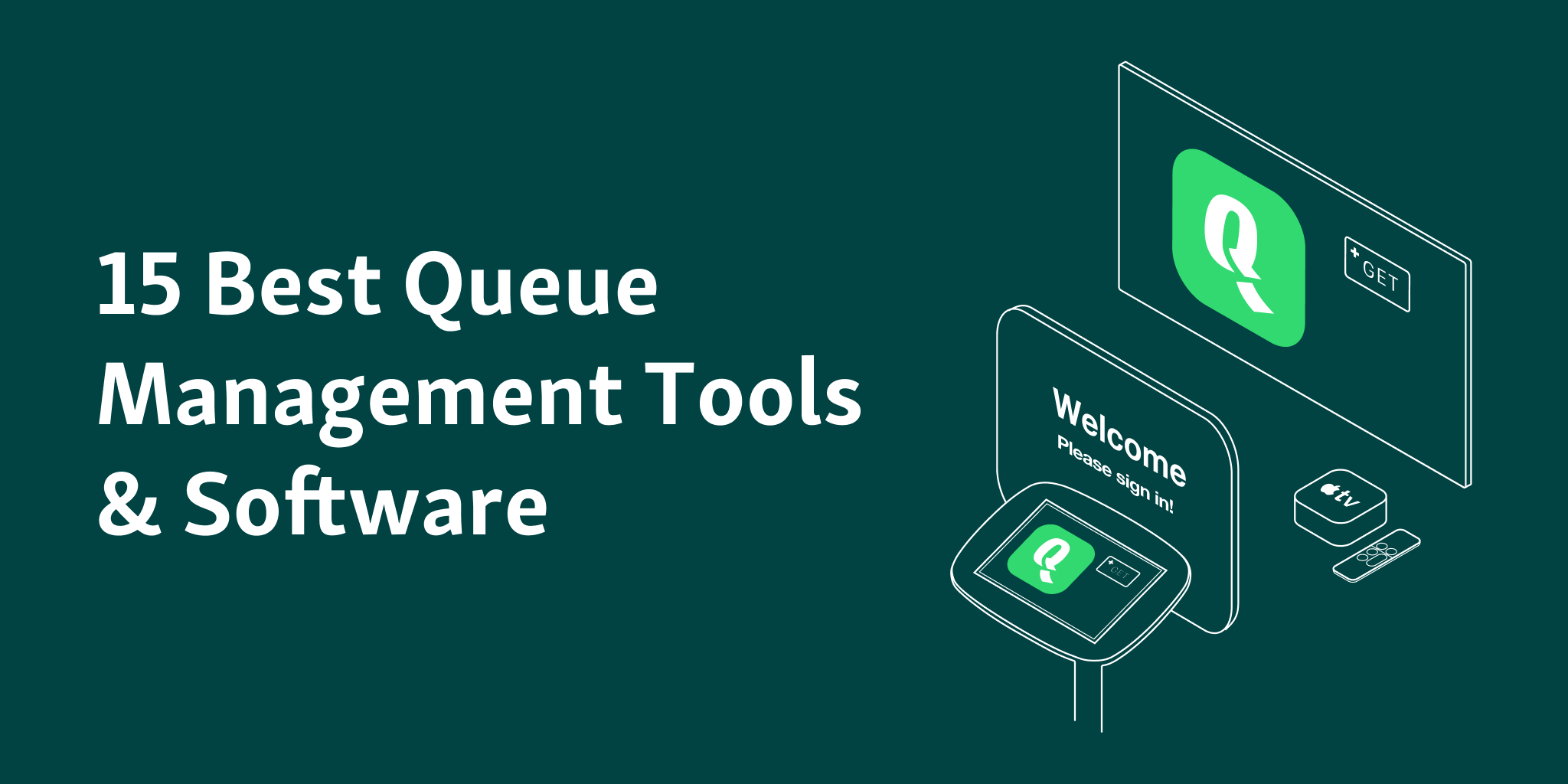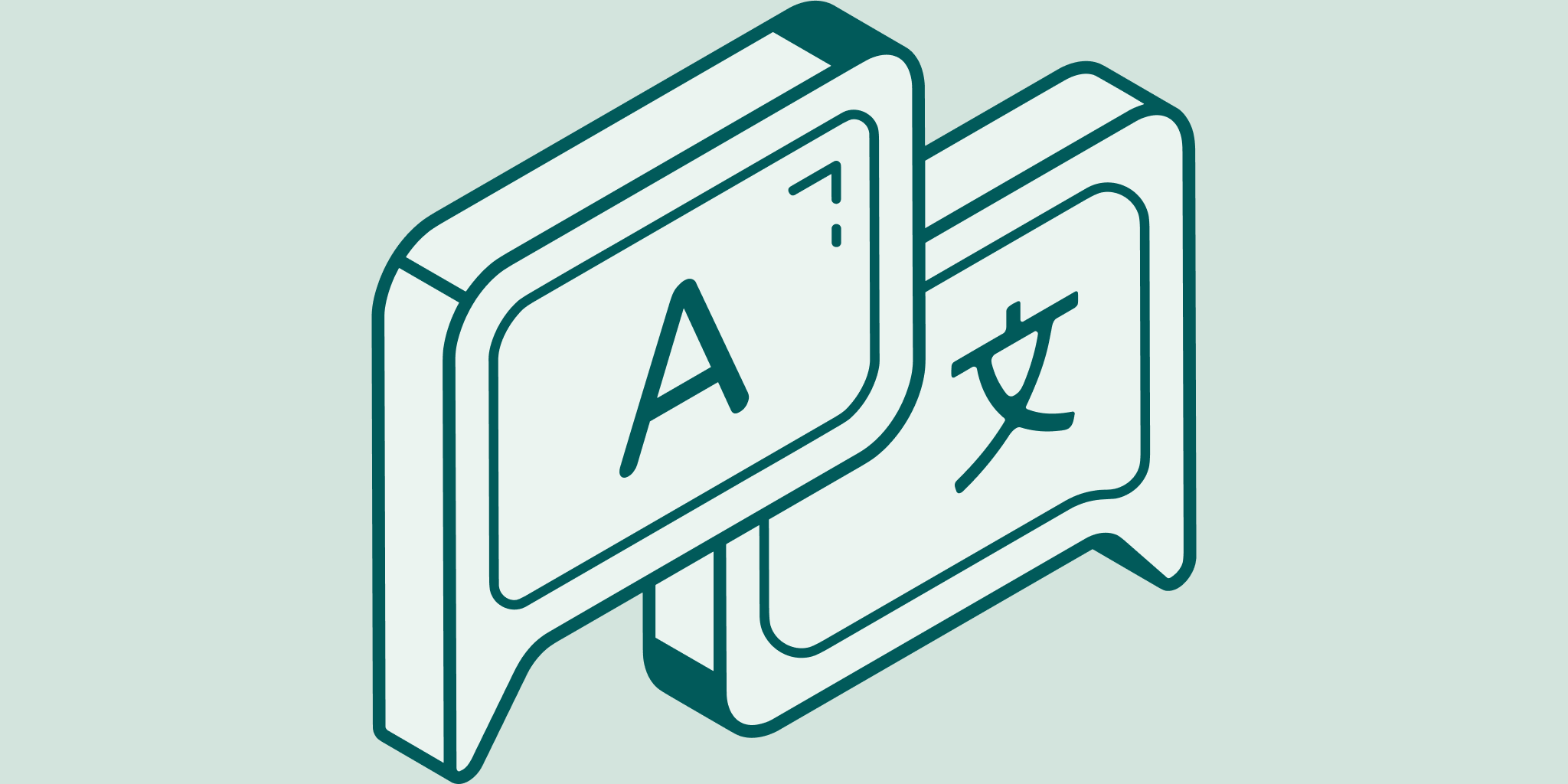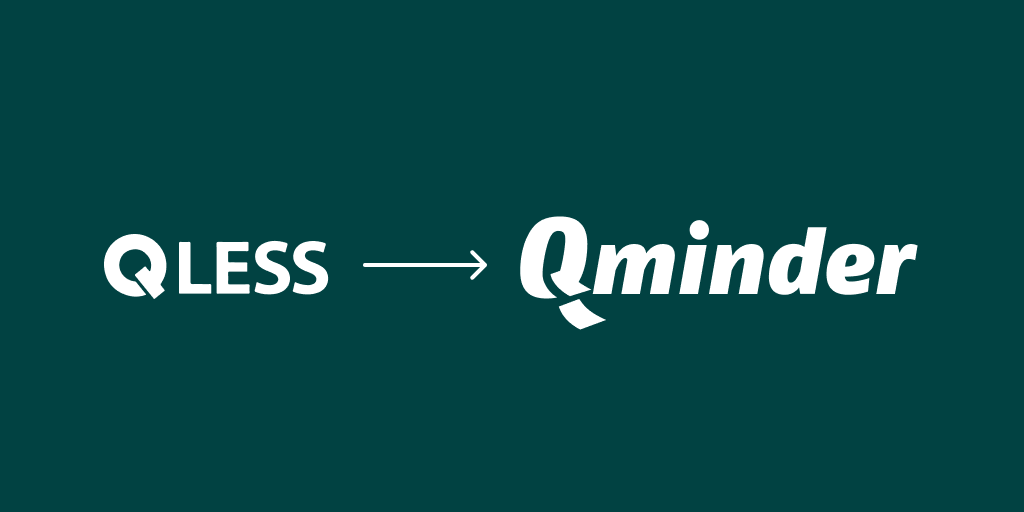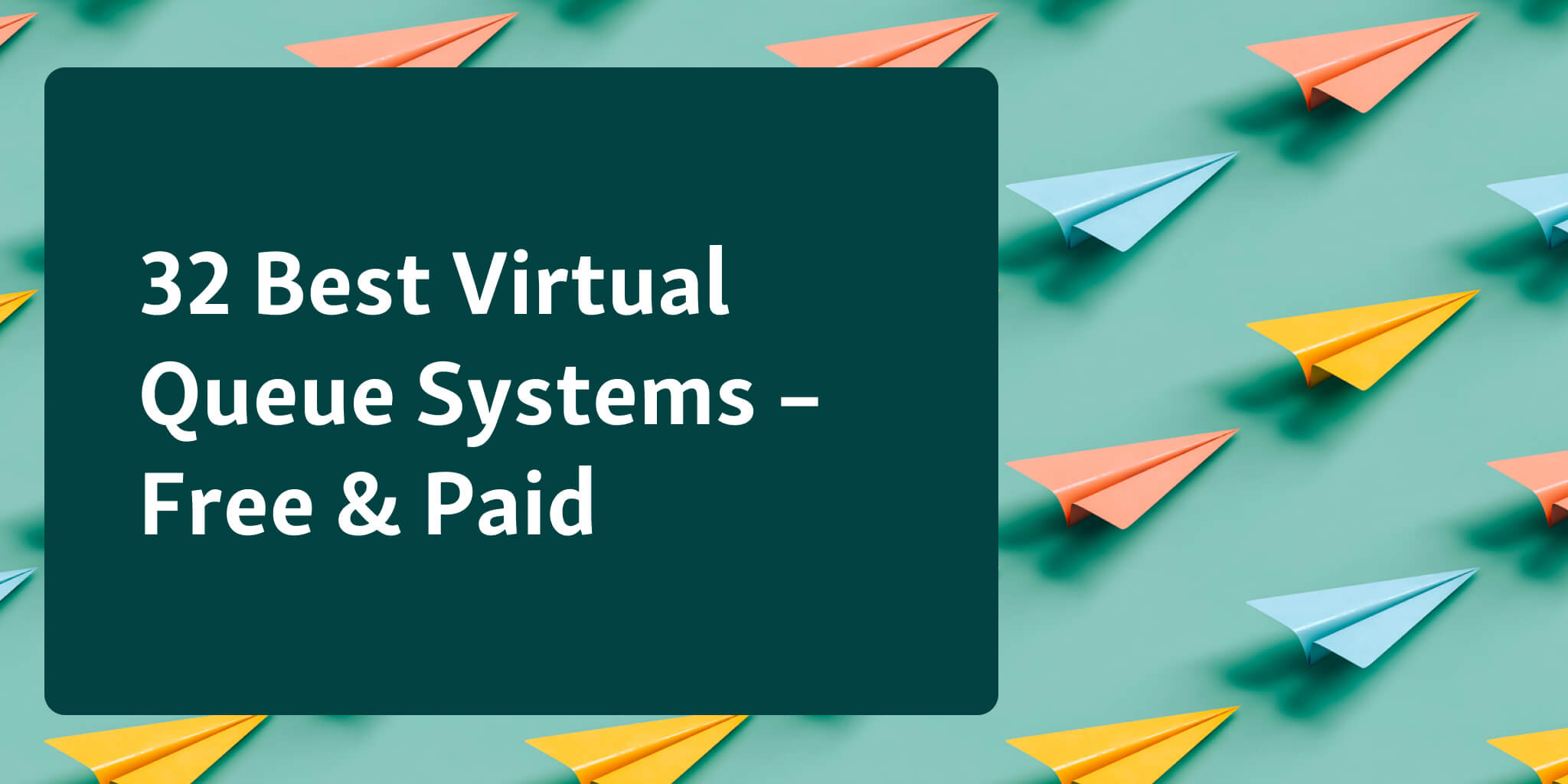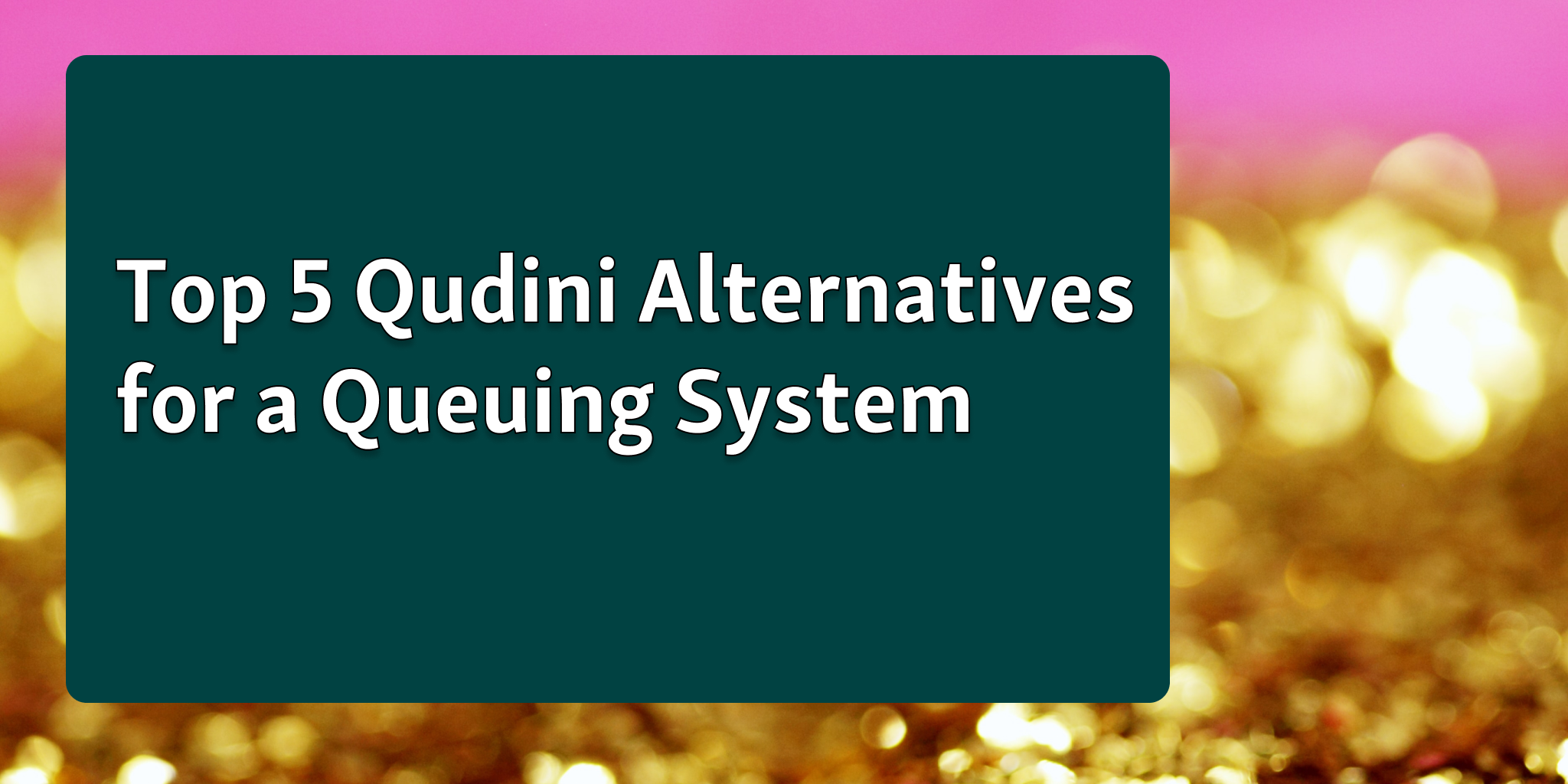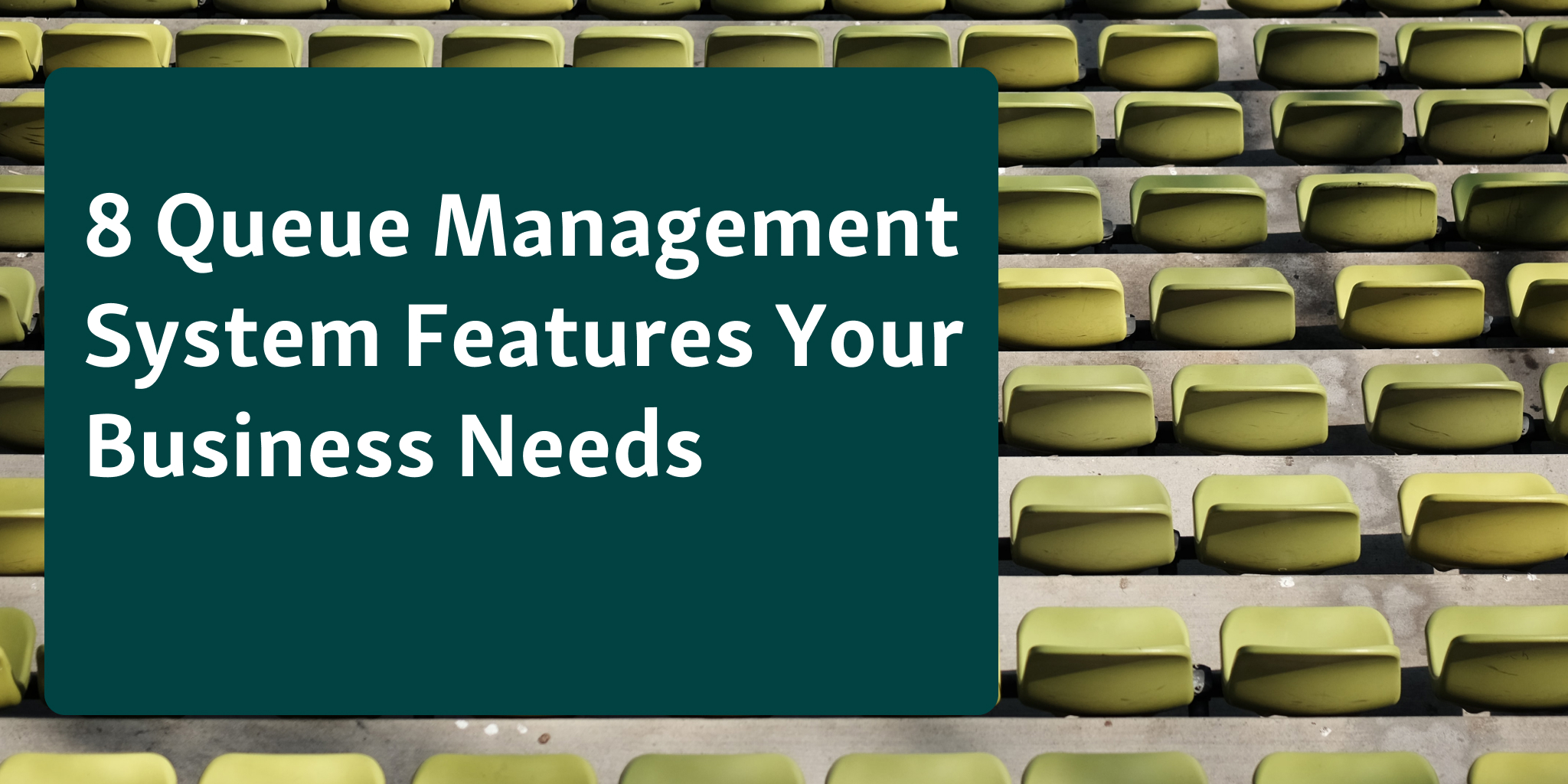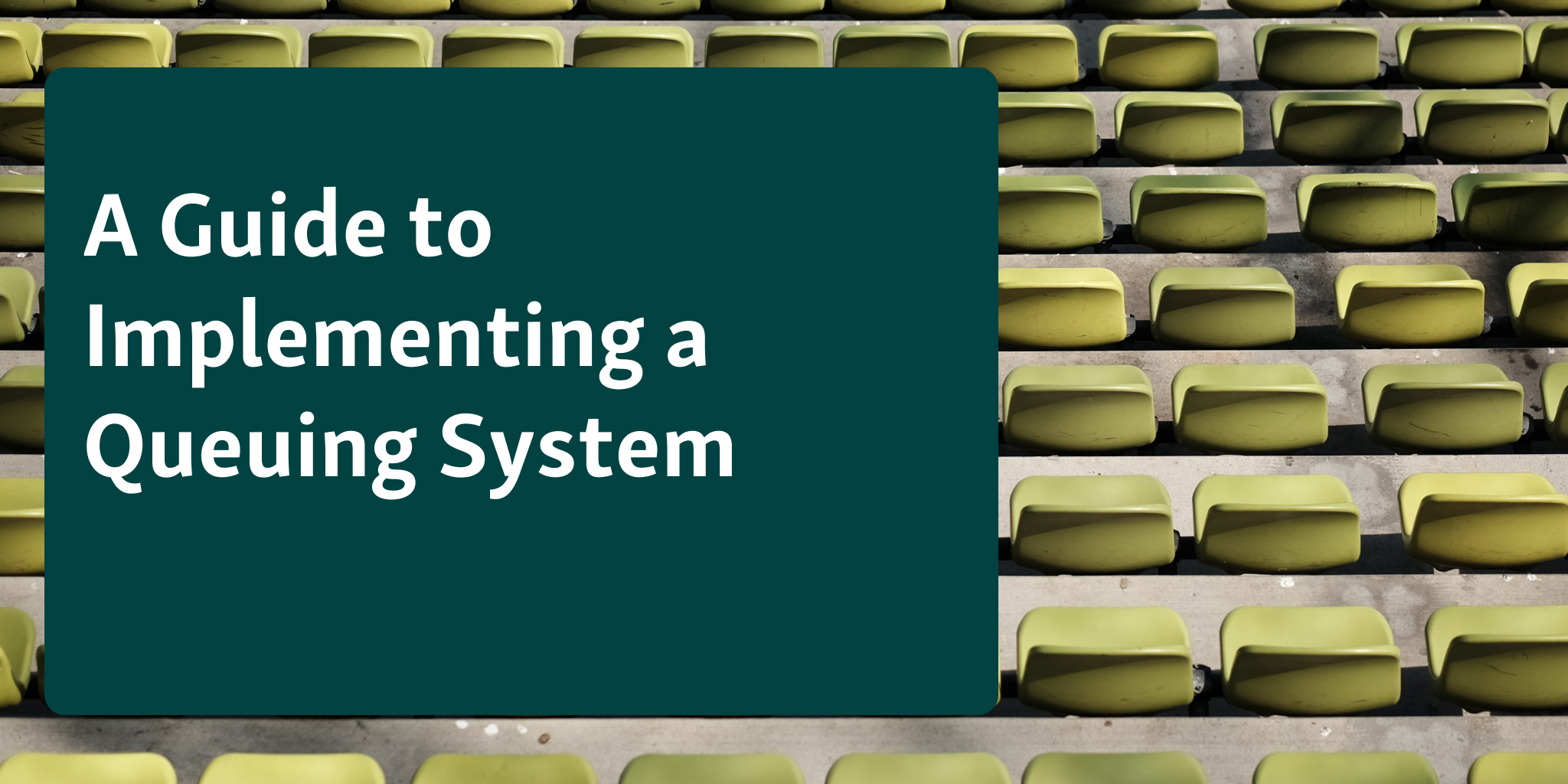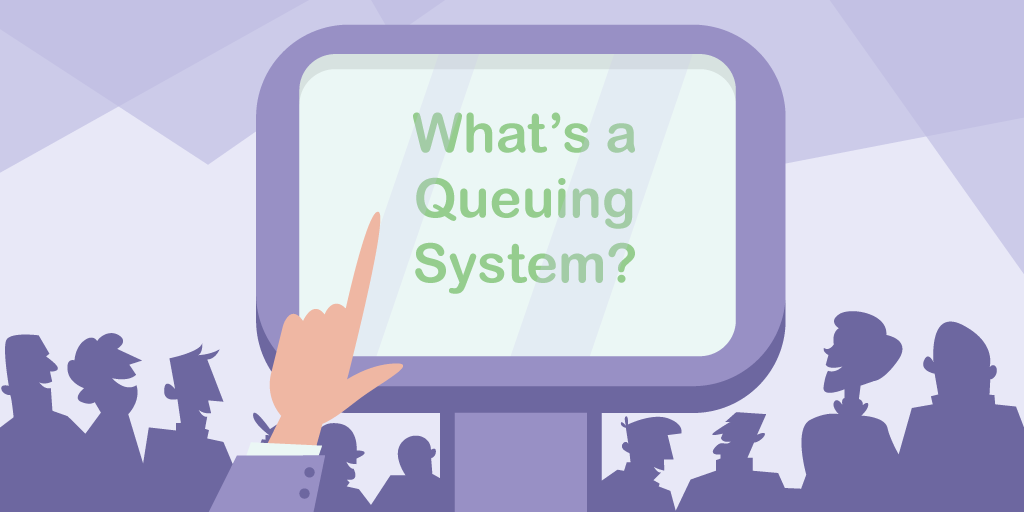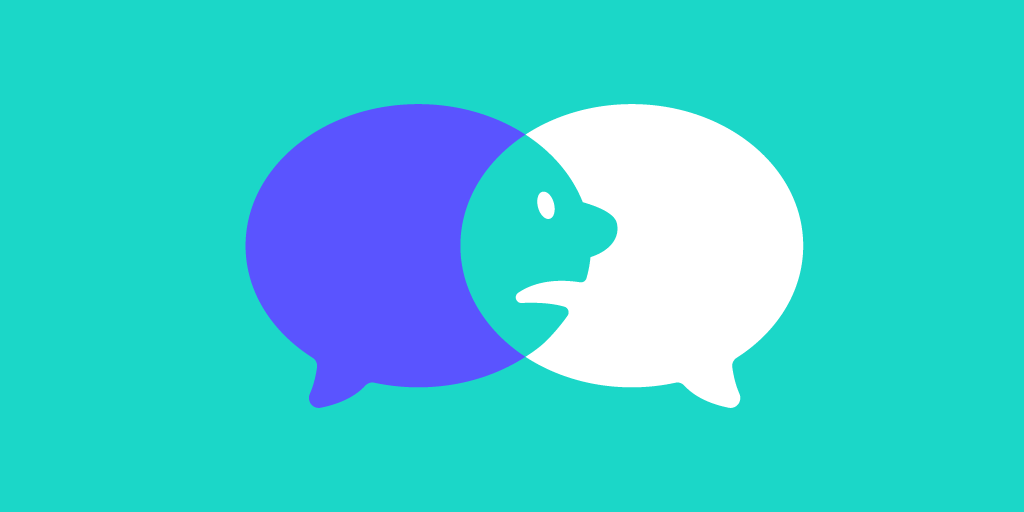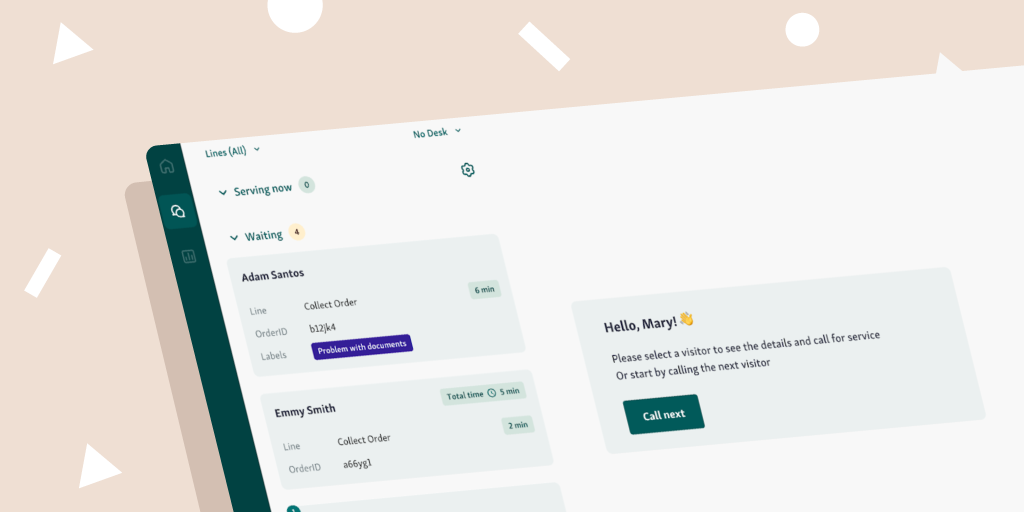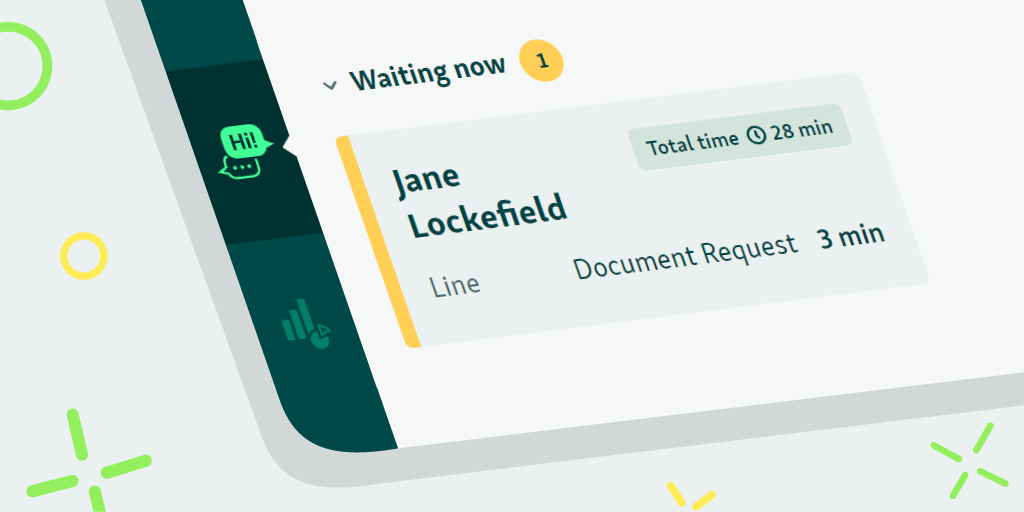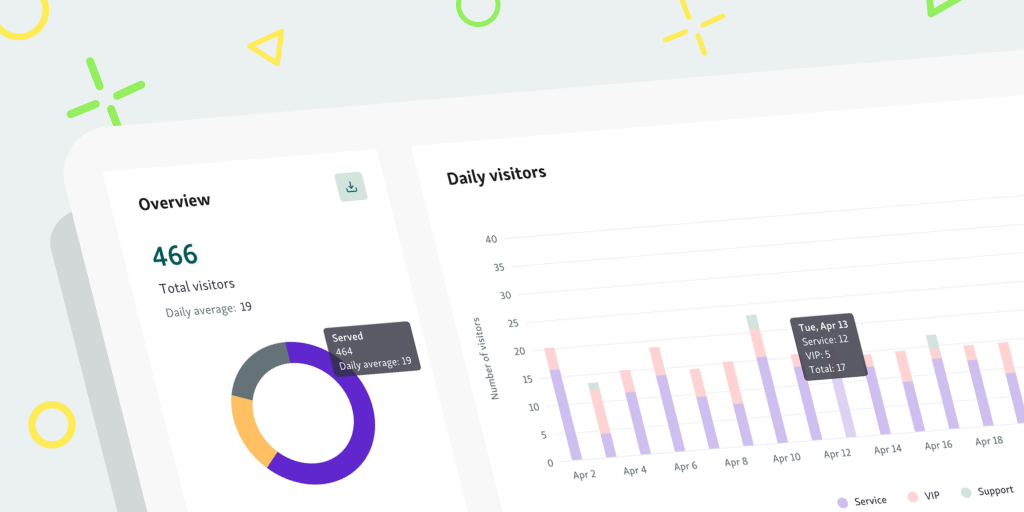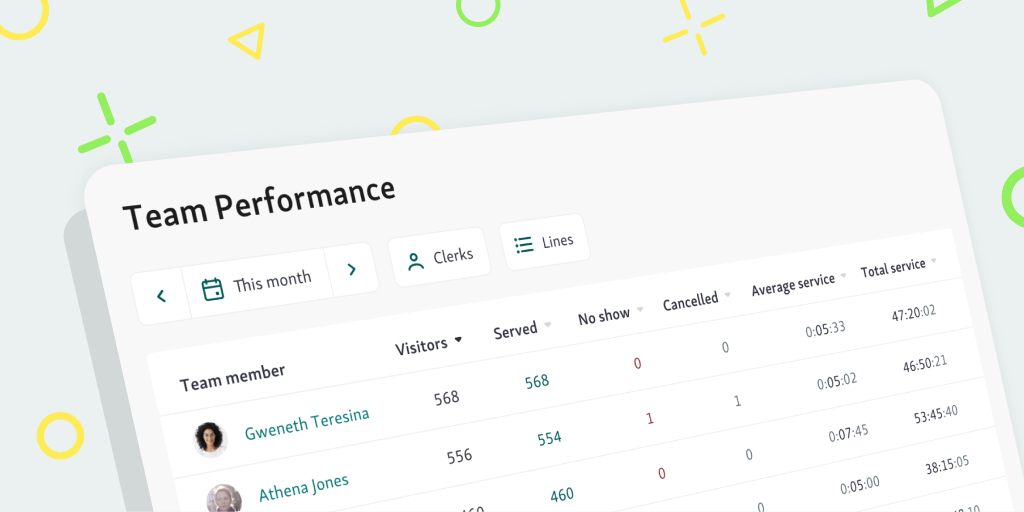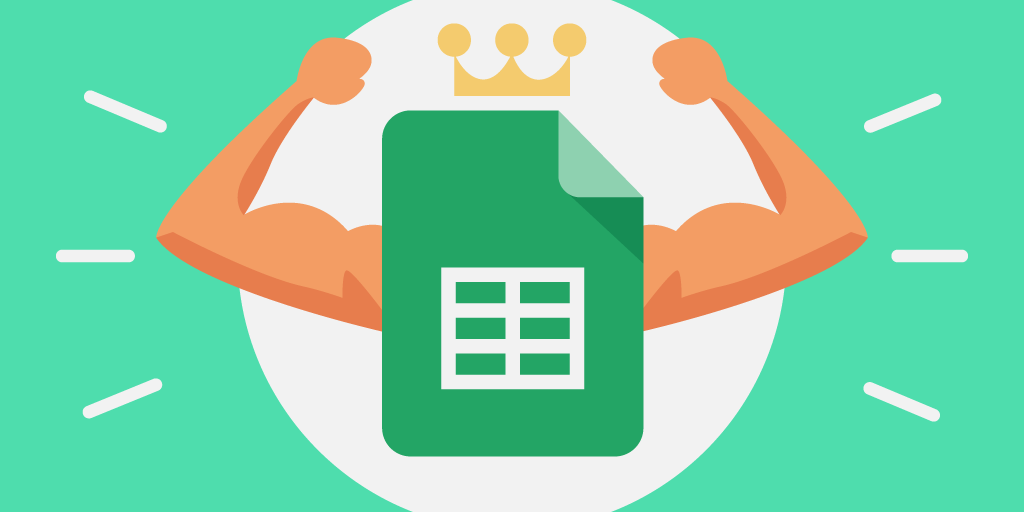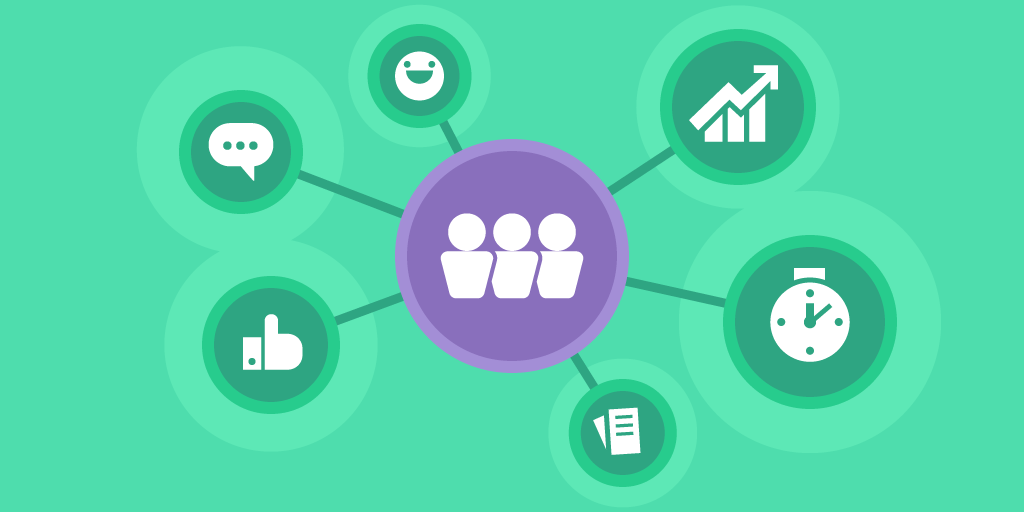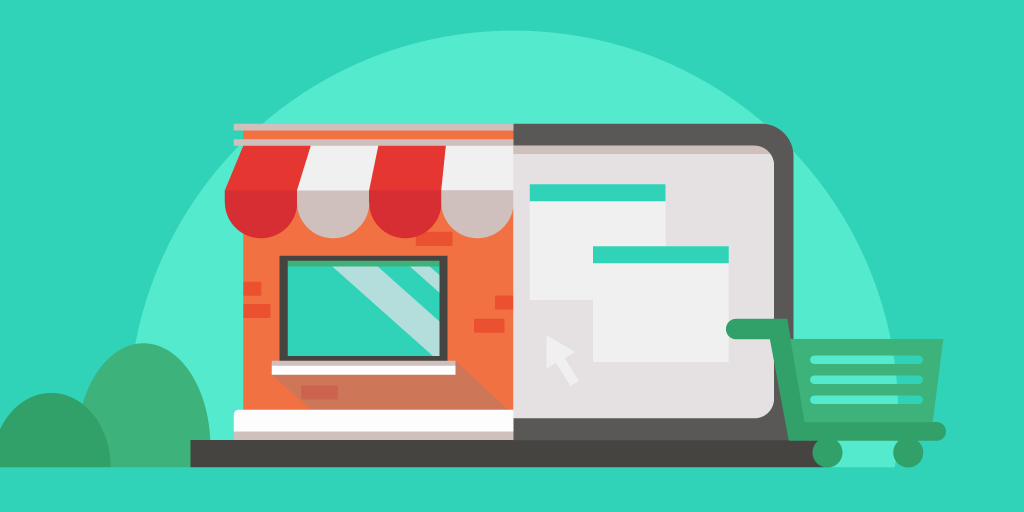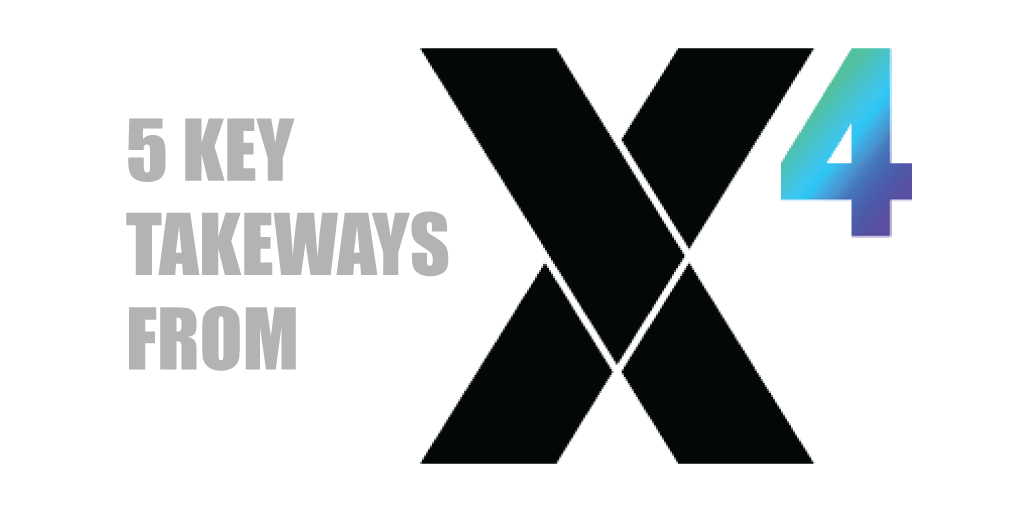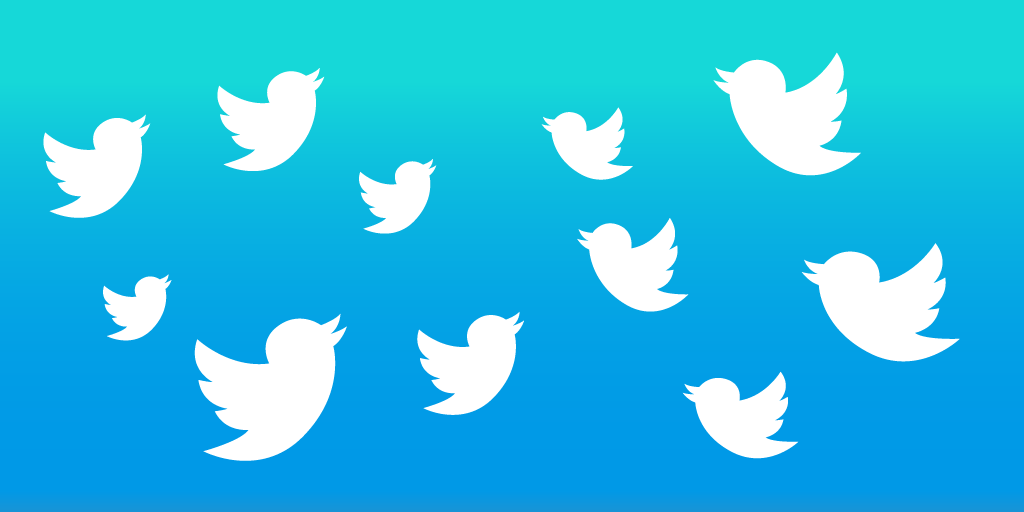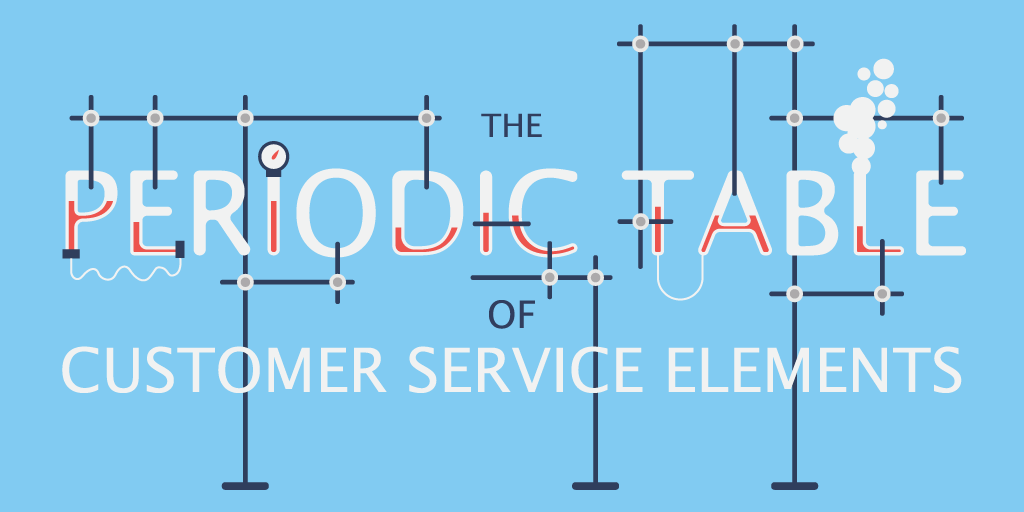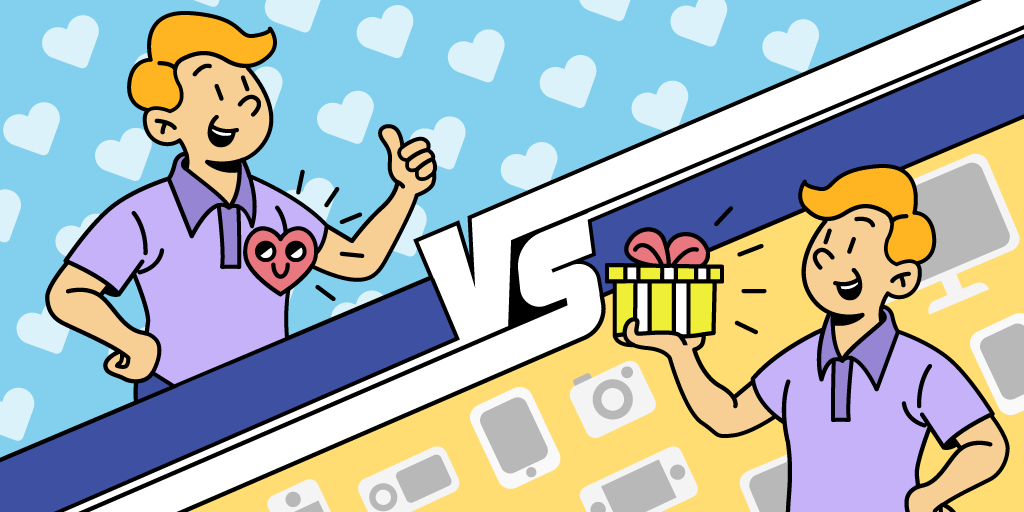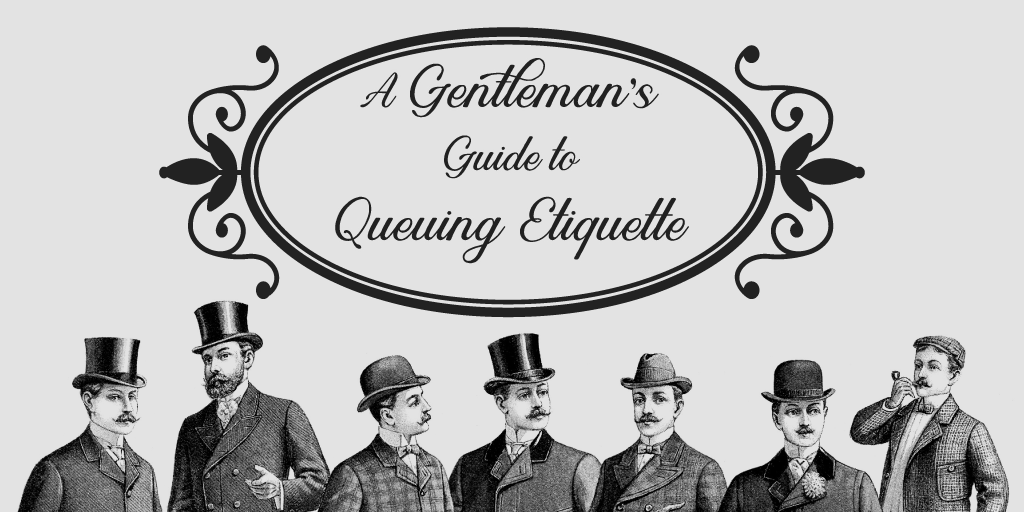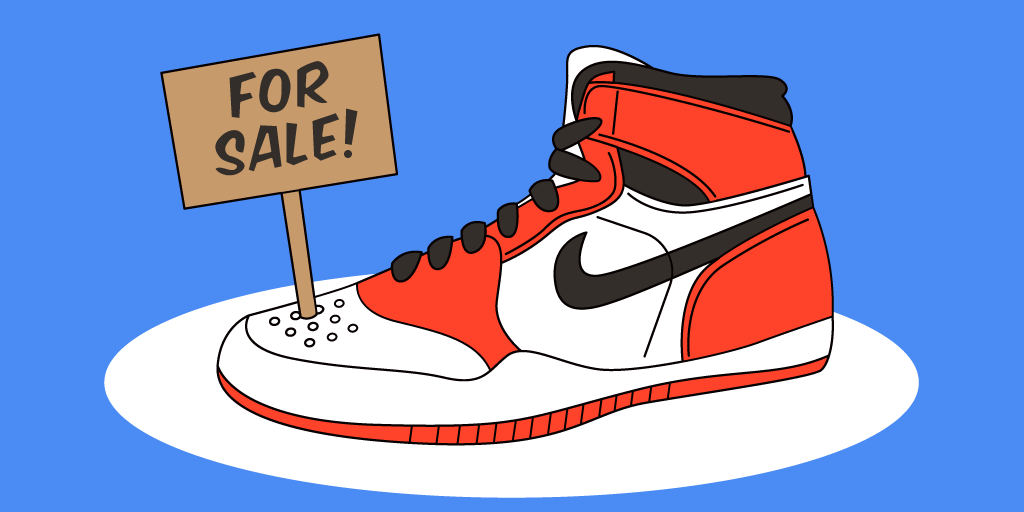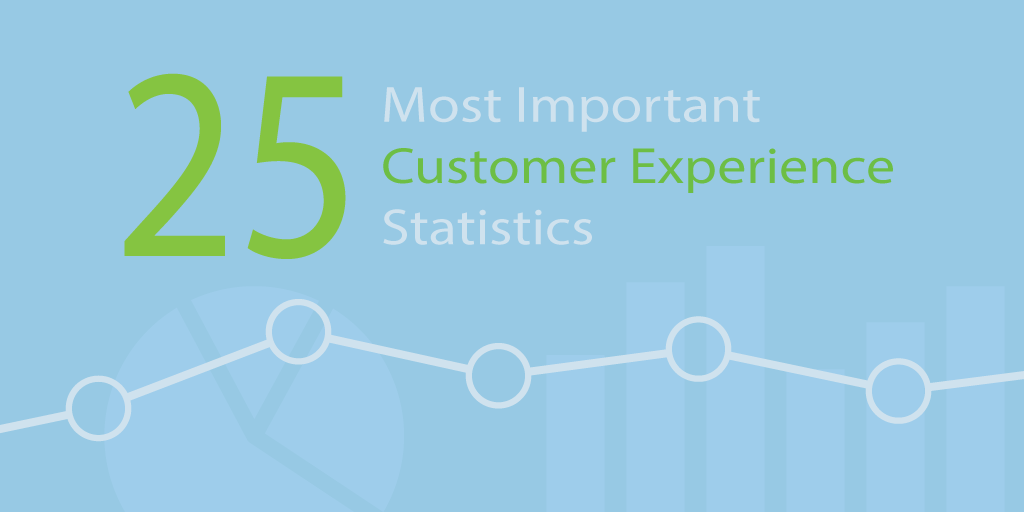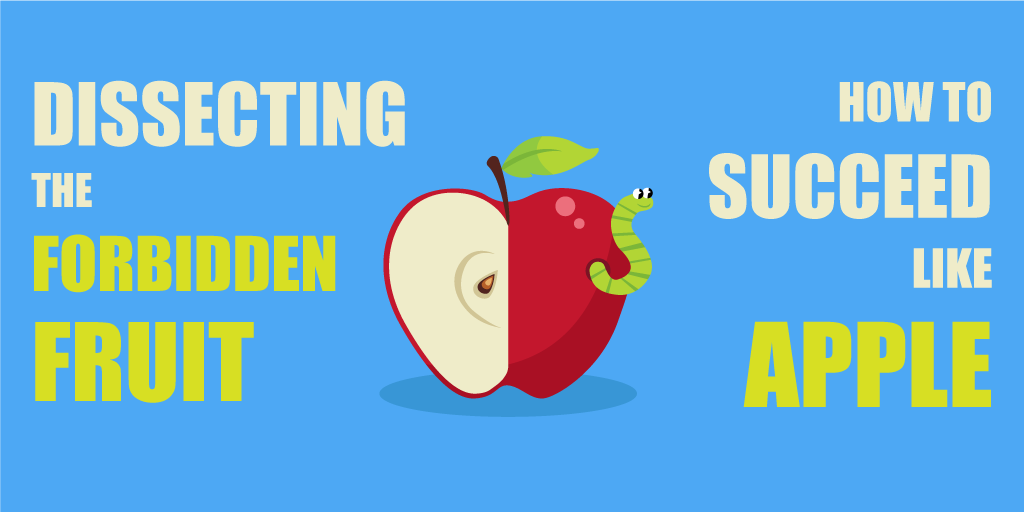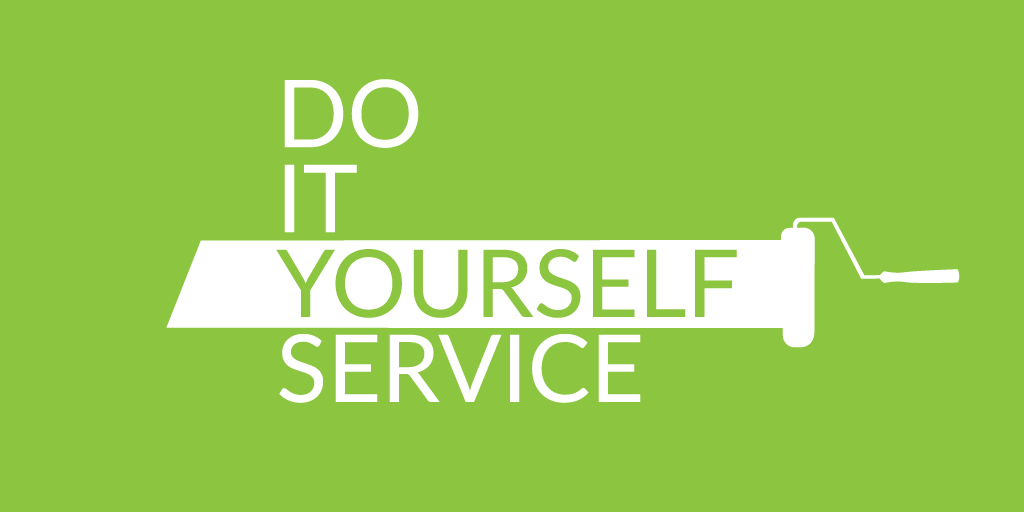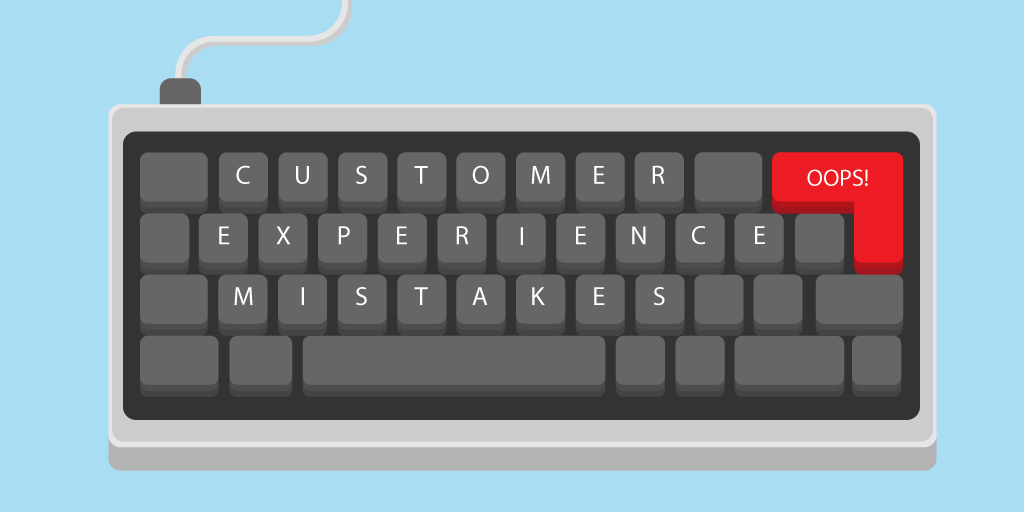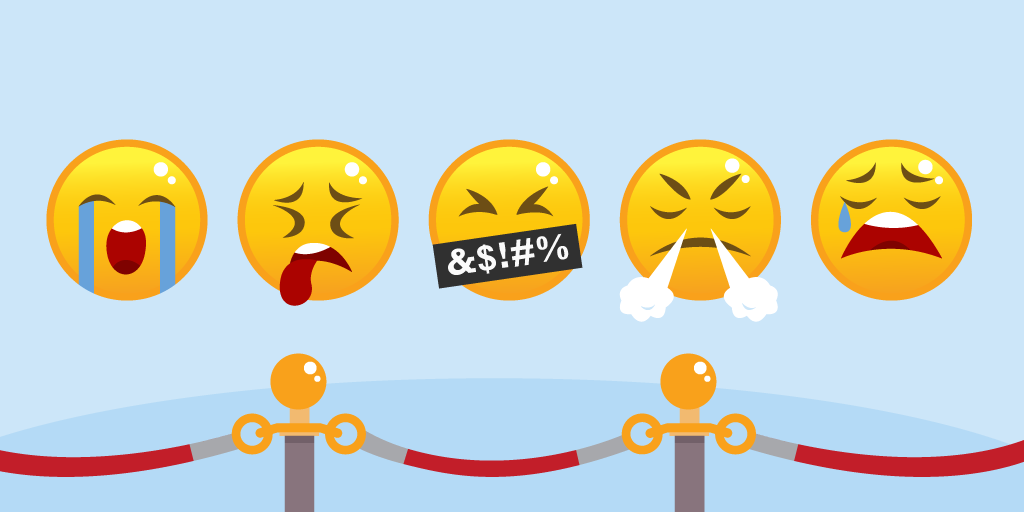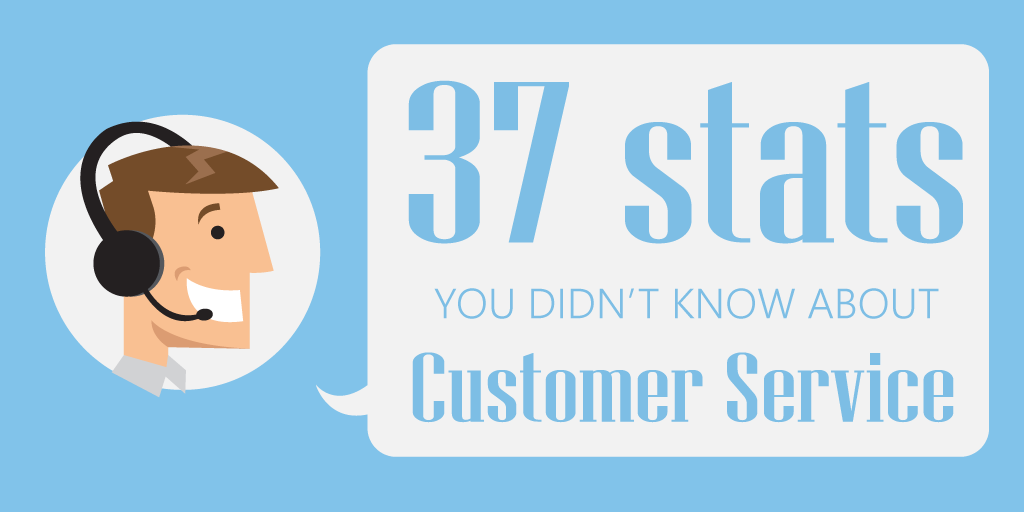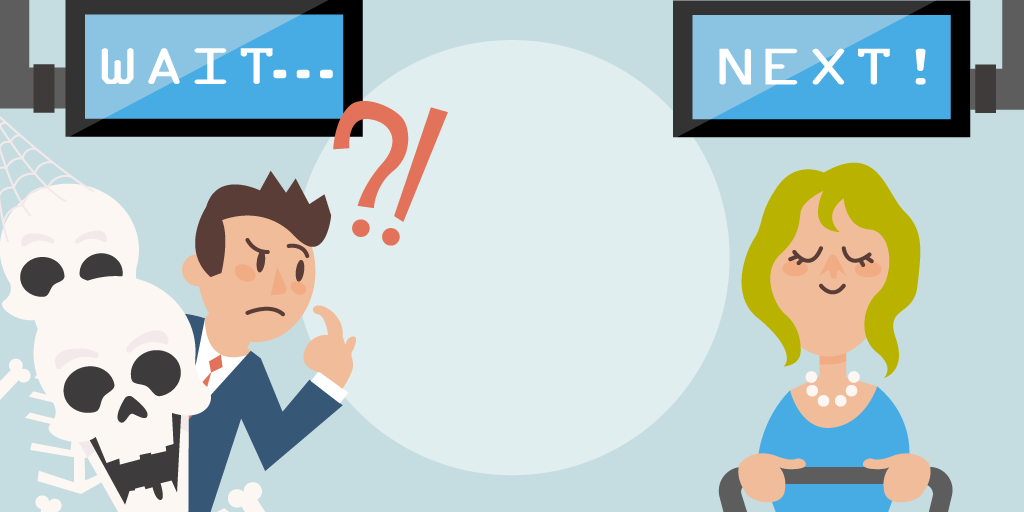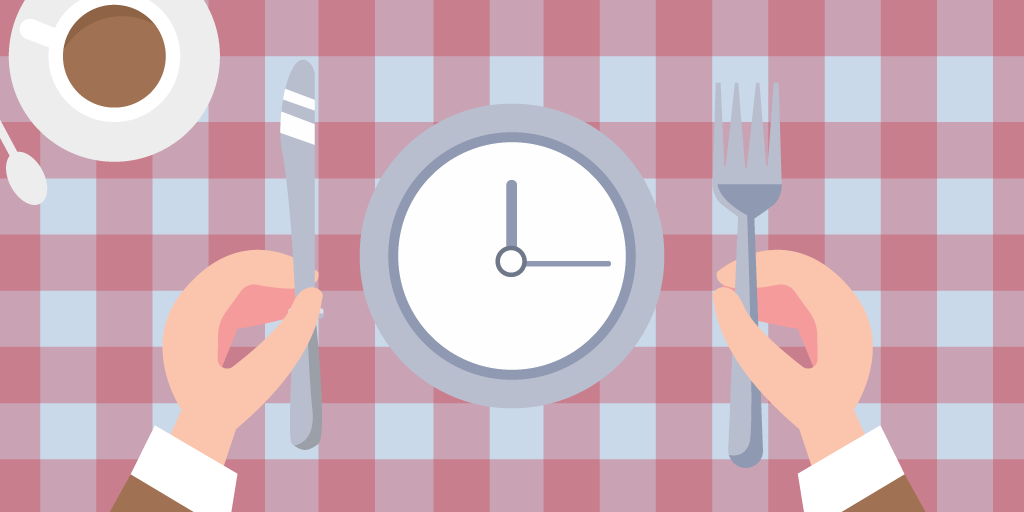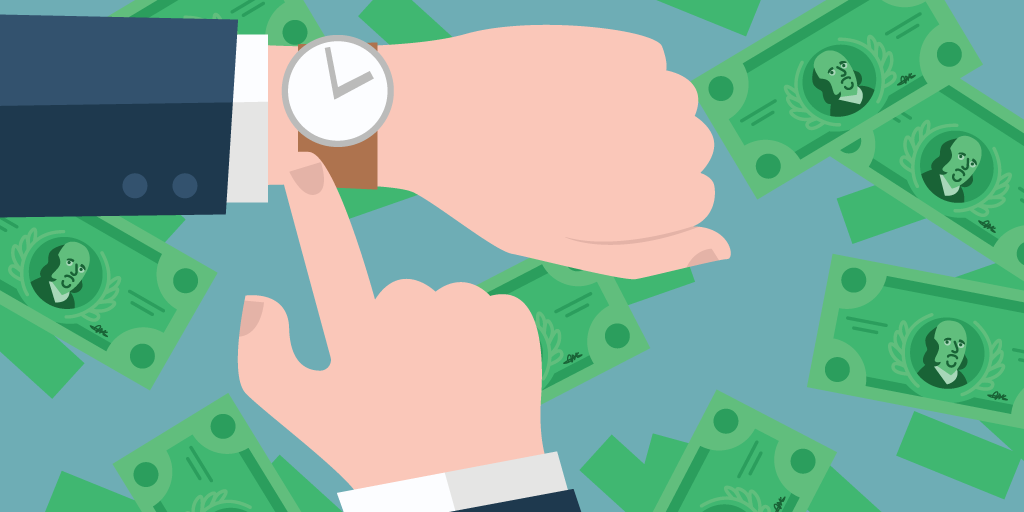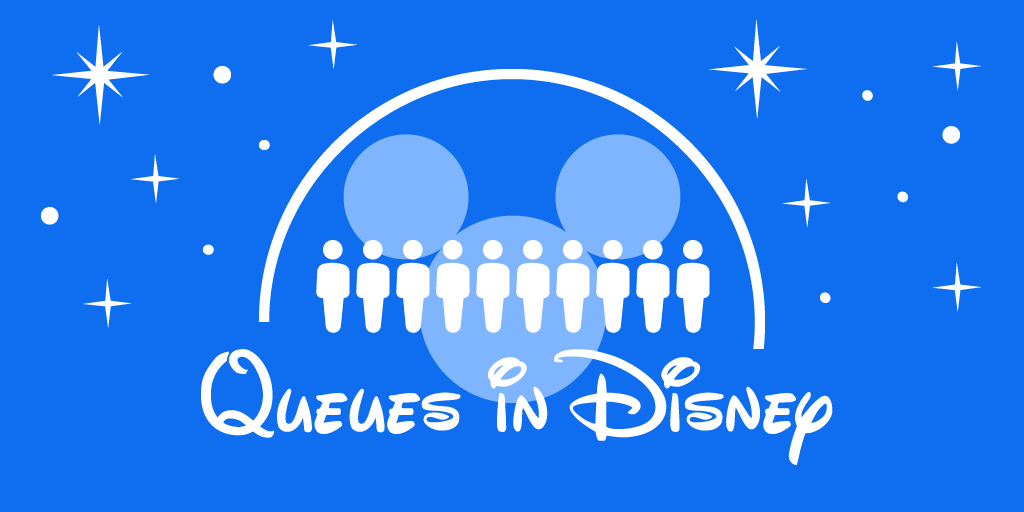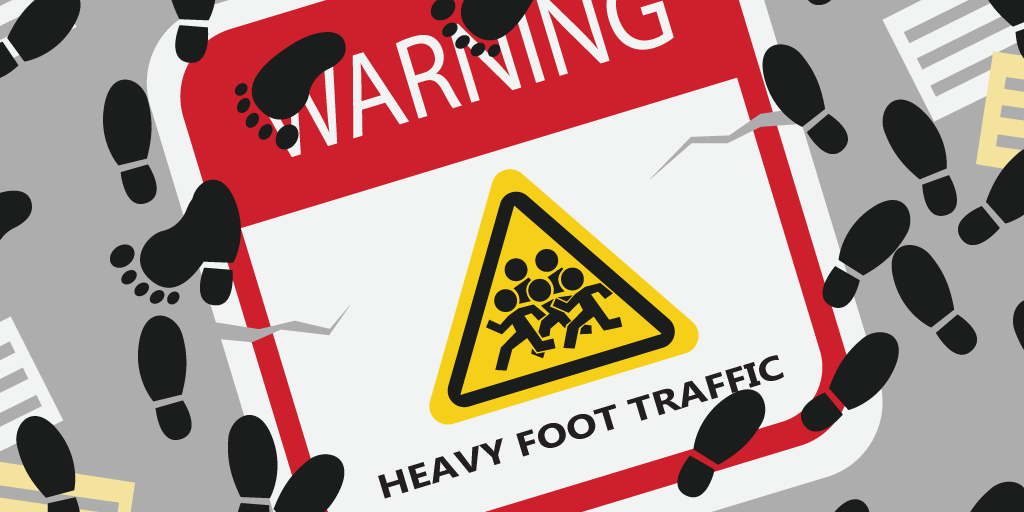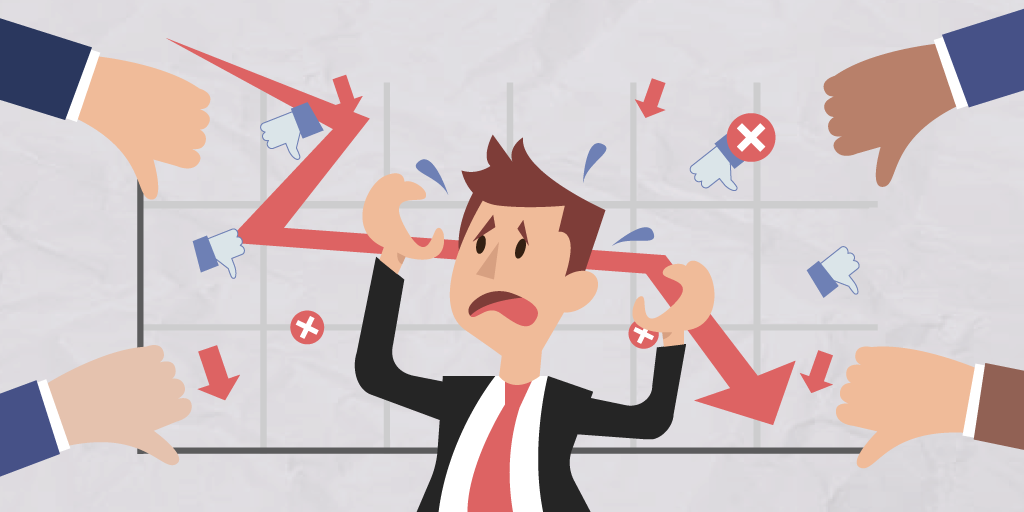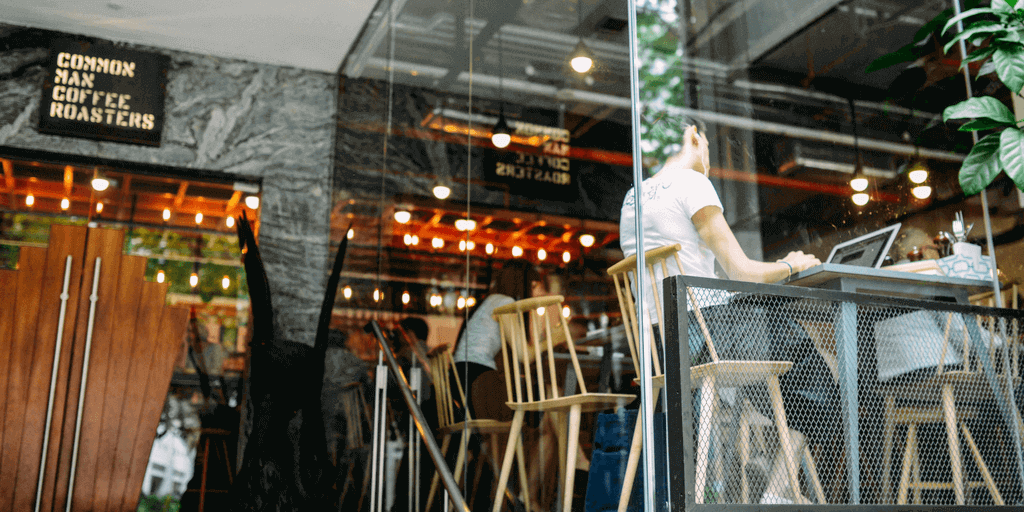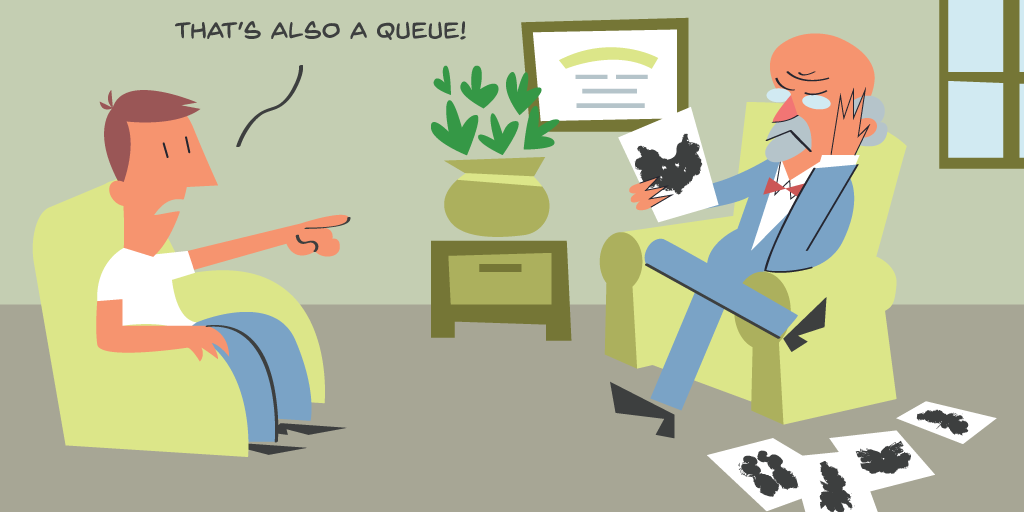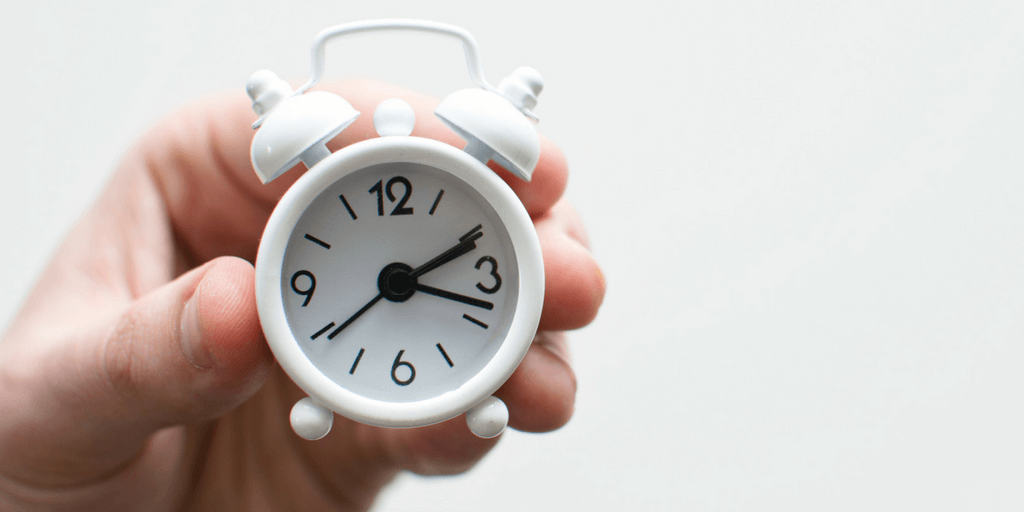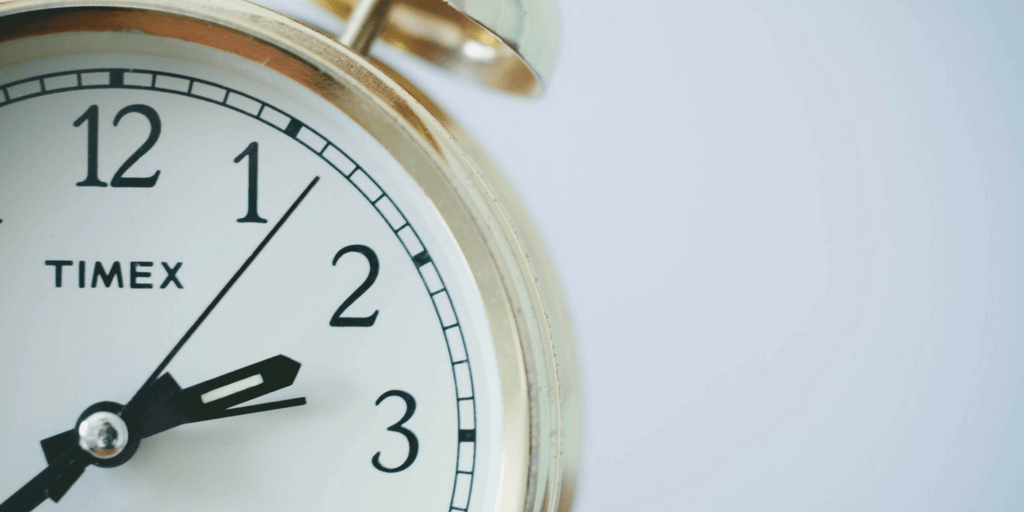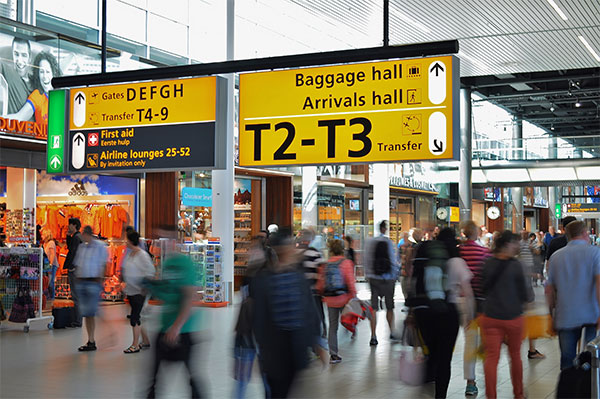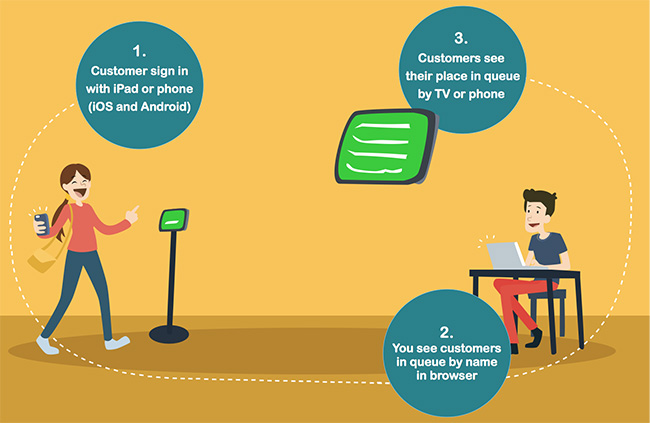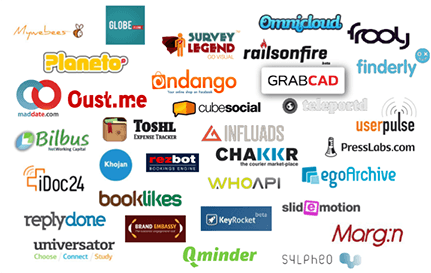The ROI of Queue Analytics for Enterprises
Discover how queue analytics improves conversions, staffing, and customer flow. Learn key metrics, real examples, and ROI insights for enterprise retail teams.
Read more
8 Self-Service Kiosk Platforms That Help Cut Wait Times
Explore the top 8 self-service kiosks that cut DMV wait times, speed up check-ins, and improve visitor flow for government, and public service centers.
Read more
Queue Management in Test Labs - Making Clinic Visits Safe
Improve test lab safety and efficiency with smart queue management systems. Reduce crowding, improve communication, and create smoother clinic visits.
Read more
Speed Matters: 10 Tips for Delivering Faster Customer Service
Discover 10 proven ways to deliver faster customer service, improve efficiency, and enhance customer satisfaction with actionable tips and tools.
Read more
Queue Barriers: The Good, the Bad, and the Ugly
Discover the pros and cons of queue barriers and explore smarter alternatives like virtual queuing systems to improve flow, accessibility, and customer experience.
Read more
How Self-Service Kiosks Reduce Wait Times for Permits and Renewals
Discover how self-service kiosks and DMV self-service kiosks help reduce wait times, streamline services, and improve efficiency for permits and renewals.
Read more
How Visitor Websites Can Simplify Pre-Registration and Appointments
Discover how a visitor website simplifies the pre-registration process, automates appointments, and enhances efficiency for both visitors and staff.
Read more
Top Analytics Tools to Improve Visitor Flow in Government Buildings
Top analytics tools for visitor flow management include Qminder, Vizitor, Qmatic. Qminder tracks daily, weekly, and monthly metrics including wait times, service durations, and visitor counts.
Read more
Top 5 Ways Queue Systems Boost Workforce Productivity and Performance
Discover how flow management systems and queue systems boost workforce productivity, improve focus, and enhance service efficiency across every department.
Read more
7 Types of People in a Queue
Learn the 7 types of people in a queue and how understanding their behavior, with tools like Qminder, can improve waiting experiences.
Read more
How Remote Check-In Simplifies Visitor Management
Simplify visitor management with remote check-in. Discover how customer check-in systems and tools like Qminder improve efficiency, safety, and experience.
Read more
How to Enhance Your Customer Waiting Room Experience
Discover how to improve the waiting room experience with comfort, technology, and design strategies that enhance customer satisfaction and reduce stress.
Read more
Why Every Government Office Should Use a Service Dashboard
Discover how a service dashboard improves efficiency, transparency, and citizen trust in government offices with real-time data from tools like Qminder.
Read more
How Targeted SMS Alerts Can Cut Missed Appointments
Discover how text appointment reminder services can reduce no-shows in city services, improve efficiency, and save costs with tools like Qminder.
Read more
What is the Customer Experience Pyramid?
93% of customer experience initiatives are bound to fail. To help you understand why this happens, take a look at the customer experience pyramid.
Read more
How Patient Flow Solutions Cut LWBS and Safeguard Hospital Revenue
Discover how patient flow management reduces LWBS, improves hospital efficiency, and safeguards revenue using digital solutions like Qminder.
Read more
How to Ask Questions to Get Customer Feedback
Learn how to ask for feedback the right way. Discover effective ways to ask for feedback, avoid common mistakes, and turn responses into real improvements.
Read more
Top Benefits of Remote Sign-In for Government and Healthcare Services
Explore the key benefits of remote sign-in systems in government and healthcare, from reducing wait times to enhancing safety and operational efficiency.
Read more
How SMS Reminders Help Public Services Cut No-Shows and Delays
Discover how sms appointment reminders help city public services cut no shows, reduce delays, and improve citizen experience with simple, reliable texts.
Read more
Key Information to Include on Visitor Websites for Government Offices
Learn what website visitors expect from government office websites and how visitor websites improve queue management, service flow, and satisfaction.
Read more
Benefits of Waiting Room TVs for Queue Updates in Government Offices
Discover how waiting room TV services improve government waiting rooms with real-time queue updates, clear communication, and enhanced citizen satisfaction.
Read more
How to Choose the Best Self Check-in Kiosk for Government Departments
Learn how to choose the best self service check in kiosk for government departments with tips on features, scalability, integration, and citizen experience.
Read more
How Frontline Teams Can Drive CSAT in Government Services
Discover how frontline teams can improve CSAT in government services through better queue management, communication, personalization, and staff support.
Read more
How Service Dashboards Help Reduce No-Shows and Long Wait Times
Learn how service dashboards help organizations reduce no-shows and long wait times by providing real-time insights and improving appointment management.
Read more
Ticket-Based vs Virtual Queue Systems for City Halls and Government Offices
Compare ticket queue systems and virtual queue systems to improve wait times, staff efficiency, and citizen satisfaction.
Read more
How to Use Footfall Analytics to Improve Customer Service
Learn how to use customer footfall analytics to improve service, reduce wait times, and plan smarter with real-time data and predictive insights.
Read more
What Patient Experience Can Learn From Customer Experience
Discover how patient experience in healthcare can improve by adopting customer experience strategies like empathy, tech, and personalization.
Read more
The Power of Using Customer Names to Create Personalized Experiences
Discover how using customer names in service builds trust, improves experience, and boosts loyalty, with tips, best practices, and tools to do it right.
Read more
BOPUS and Queue Management: Improving Service Efficiency Across Industries
Learn how integrating BOPUS with a queue online system improves service efficiency, reduces wait times, and enhances customer experience across industries.
Read more
The Long-Term ROI of Implementing Efficient Queue Management in Public Sector Agencies
Discover how queue management systems boost efficiency, improve citizen satisfaction, and deliver long-term ROI for public sector agencies like DMVs and city halls.
Read more
Retail Checklist: Tips for Managing Crowds on Black Friday
Black Friday brings massive crowds and long lines. Use this retail checklist to manage traffic, staff, and store operations for a smooth shopping experience.
Read more
7 Self-Service Kiosk Platforms That Speed Up DMV Lines
Discover 7 top self service kiosk DMV platforms to reduce wait times, streamline check-ins, and improve efficiency for staff and visitors alike.
Read more
10 DMV Technologies That Actually Reduce Wait Times
Discover 10 DMV technologies that reduce wait times, improve citizen flow, and streamline services. Learn how tools like Qminder make DMV visits faster.
Read more
20+ Best Patient Queuing Software
The best patient queuing software includes Qminder, known for HIPAA compliance and virtual queuing, Vizitor, and Curogram and more.
Read more
How Exceptional Customer Experiences Improve Patient Satisfaction in Hospitals and Clinics
Discover effective strategies to improve patient satisfaction in hospitals and clinics, boost trust, and enhance overall healthcare experiences.
Read more
Creative Ways to Use Waiting Room TVs Beyond Queue Management in Local Government Offices
Discover creative ways to use waiting room TV software in government offices to engage citizens, share updates, and enhance the overall waiting experience.
Read more
Using Historical Data to Predict Queue Patterns and Improve Operations in Public Services
Learn how public services can use historical queue data to predict patterns, optimize operations, and improve citizen experience with smarter staffing & processes.
Read more
The Hidden Challenges of Ticket-Based Queue Management in Public Sector Agencies (And Why Virtual Queues Are the Future)
Discover the hidden drawbacks of ticket queue management systems in public sector agencies and learn why virtual queues are the smarter, modern solution.
Read more
Customer Service – To Automate, or Not to Automate, That Is the Question
Discover the pros and cons of customer service automation, key questions to ask, and how Qminder can help balance automation with human support.
Read more
5 Reasons Why Your Customers Leave Your Business
Discover the 5 key reasons why customers leave your business and learn how to prevent customer attrition with actionable insights and effective strategies.
Read more
5 Easy Ways to Modernize Patient Waiting Room Experience
Improve the patient waiting room experience with simple changes that reduce stress, boost flow, and support staff. Learn how tools like Qminder can help.
Read more
How To Use Customer Behavior Data to Improve Service Efficiency in Government Agencies
Learn how to use customer behavior data to improve public services, reduce wait times, and deliver more personalized experiences with the right tools.
Read more
Strategies to Deliver Personalized Experiences in Retail Click-and-Collect Services
Learn simple, practical ways to improve the retail pickup experience using tools like smart check-ins, messaging, queue updates, and customer feedback.
Read more
The Best Alternative Solutions for a Take-a-Number System
Explore smarter alternatives to the take-a-number system. Learn how virtual queues, scheduling, and messaging tools improve service and reduce wait times.
Read more
The Role of Customer Journey Mapping in Enhancing Citizen Satisfaction in Public Services
Discover how customer journey mapping helps public agencies improve citizen satisfaction by fixing service gaps, streamlining steps & improving communication.
Read more
How Queue Management Systems Use Multi-Location Insights to Improve Staff Efficiency
Discover how multi-location insights help improve staff efficiency, service quality, and queue management across branches with one simple dashboard.
Read more
Waitlist Monitor: What It Is and How It Works
A waitlist monitor or a waiting room tv is a digital screen that shows real-time updates on the customer queue.
Read more
What Customer Journey Mapping Is and How to Create it
Learn what customer journey mapping is, how to create one, and how it helps public services improve citizen satisfaction across every service touchpoint.
Read more
Customer Satisfaction Metrics You Need to Be Tracking
Learn the top customer satisfaction metrics, how to track them, and how to use the insights to improve service quality and build long-term customer trust.
Read more
How to Reduce Bottlenecks and Improve Customer Flow in Public Sector Agencies with Customer Flow Management System
Discover 7 smart strategies to reduce bottlenecks and improve customer experience flow in public sector services with a customer flow management system.
Read more
How to Choose a Queue Management System?
Looking for the best queue management system? Discover how to choose the right one and explore top tools to improve customer experience and reduce wait times.
Read more
How Service Intelligence Helps You Run a Smarter Business
Learn how service intelligence helps businesses improve wait times, staff performance & customer service across all locations with real-time, actionable data.
Read more
Best Practices for Managing High-Demand DMV Services
Discover best practices for managing high-demand DMV services. Learn how to enhance the DMV experience with smarter workflows and DMV online services.
Read more
Appointments Is Here: A New Chapter for Visitor Management
Offer scheduled visits alongside walk-ins! Appointments brings structure, clarity, and control to your daily service flow.
Read more
The Best and Worst Times to Visit a Hospital: A Guide to Minimizing Wait Times
Learn the best and worst times to visit a hospital, what affects Patient Waiting Times, and how tools like Qminder help reduce waiting time and stress.
Read more
Why Are Hospital Wait Times in Canada So Long?
Discover why hospital wait times in Canada are so long. Explore key challenges, impacts, and how better queue management can improve the healthcare experience.
Read more
5 Ways to Enhance Customer Experience in Government Services Like DMVs and City Halls
Discover 5 proven ways to improve customer experience in government services like DMVs and city halls, with tips to reduce waits and boost satisfaction.
Read more
The Beginner’s Guide to Queuing theory
Learn what queuing theory is, why it matters, and how it applies to real-life services—from retail to healthcare. A simple, human-friendly beginner’s guide
Read more
7 Key Strategies for Efficient Resource Allocation in Local Government Services
Learn 7 practical strategies to improve resource allocation in local government services. Boost efficiency, manage demand, and deliver better public service.
Read more
How to Improve Customer Communication With SMS Text Messaging
Learn how to improve customer communication with SMS. From real-time updates to feedback collection, discover why Qminder is the tool your team needs.
Read more
5 Reasons Virtual Queues Are Essential for Local Government Services Like DMVs and City Halls
Learn why a DMV virtual queue is essential for local government offices. Cut wait times, ease stress, and improve service with a smart virtual queuing system.
Read more
Improving CSAT in Local Government Services: Effective Strategies and Tools
Discover how local governments can improve CSAT with better queue management, real-time feedback, and citizen-focused service tools like Qminder.
Read more
Introducing Appointments: Now Scheduling the Future of Queuing
Qminder Appointments is here: offer scheduled visits alongside walk-ins, streamline service, and manage both flows in one place.
Read more
Are Walk-Ins More Efficient Than Appointments?
Are walk-ins more efficient than appointments? Learn the pros, cons, and how queue systems like Qminder help manage both for smoother hospital operations.
Read more
How Local Governments Can Use Data-Driven Insights to Improve Queue Flow and Citizen Satisfaction
Discover how local governments can use data-driven insights to improve queue flow management and boost citizen satisfaction in city halls, DMVs, and beyond.
Read more
Best Practices for Managing Customer Flow in High-Traffic Government and Public Service Environments
Struggling with long lines and crowded lobbies? Learn best practices and tools for effective customer flow management in government & public service settings.
Read more
7 Strategies to Optimize Patient Flow in Healthcare
Learn how to optimize patient flow in healthcare using digital tools like self check-in kiosks and queue systems to reduce delays and improve care delivery.
Read more
HIPAA & SOC 2 Compliance in Digital Queue Systems: Best Practices for Secure Operations
Ensure secure operations with HIPAA & SOC 2-compliant digital queue systems. Learn best practices to protect sensitive data in clinics and public offices.
Read more
How Queue Systems Can Improve Customer Experience and Reduce the Effects of Waiting in Healthcare
Discover how modern queue systems help hospitals reduce wait times, boost patient satisfaction, and streamline operations for better care delivery.
Read more
Virtual Queueing: A Complete Guide to Virtual Queue System
Virtual queue management systems improve wait times, boost efficiency, and enhance service. Learn how Qminder is the ideal solution for your needs.
Read more
How Investing in Self-Service Kiosks Helps Queuing
Discover how self-service kiosks improve queuing, boost efficiency, reduce wait times, and enhance customer experience across industries.
Read more
Single-Line Queues Vs Multiple-Line Queues: Which One Is Better?
Single-line queues vs multiple-line queues: which is better for managing customers? Let's talk about the pros and cons of single and multi-line queues.
Read more
How to Reduce Patient Wait Times in Hospitals
Reduce patient wait times with queue management and appointment scheduling that streamline check-ins, balance walk-ins, and optimize staff efficiency.
Read more
Key Factors That Affect Service Time in Government Services and How to Manage Them
Discover key factors that affect service time in government offices and learn how tools like Qminder help improve efficiency, satisfaction, and staff workflow.
Read more
Queueing Theory vs. Practical Queue Management: What Public Sector Agencies Can Learn
Discover how queuing theory compares to practical queue management in the public sector. Learn how real tools improve service delivery, efficiency & satisfaction.
Read more
Why Hospital Wait Times Are So Long
Discover why hospital wait times are so long and explore smart strategies to reduce delays, improve patient flow, and enhance the overall care experience.
Read more
What Are Self Check-in Kiosks and How Can They Improve Service Efficiency in Local Government?
Discover how self check-in kiosks streamline citizen services in local government, reduce wait times, and boost staff efficiency with real-time digital tools.
Read more
Why Your City or Government Department Should Switch to a Paperless Queue System
Discover why your city or government department should switch to a paperless queue system. Improve wait times, efficiency, and citizen satisfaction today.
Read more
How Appointment Scheduling Systems Enhance Customer Experience in Government Services
Discover how appointment scheduling systems like Qminder help local governments reduce wait times, boost accessibility, and improve public service delivery.
Read more
How Appointment Scheduling Reduces Administrative Burden in Local Government Agencies
Discover how appointment scheduling software helps local government agencies cut admin workload, streamline citizen services, and improve efficiency.
Read more
7 Features to Look for in Appointment Systems for Local Government Services
Learn how automated appointment scheduling in public offices boosts efficiency, reduces wait times, and improves customer satisfaction.
Read more
The Problem With Government Office Wait Times And How to Solve It
Struggling with long wait times in government offices? Discover the causes, impact, and smart solutions like Qminder to streamline the visitor experience.
Read more
10+ Best Waitlist App and Software [Updated 2025]
Discover the top waitlist apps in 2025 for restaurants, healthcare, and retail. Compare features and pricing to find the best fit for your business needs.
Read more
Why Automated Appointment Scheduling is Key for High-Volume Services in Public Offices
Learn how automated appointment scheduling in public offices boosts efficiency, reduces wait times, and improves customer satisfaction.
Read more
7 Ways Personalized Service Can Transform Customer Satisfaction
Discover 7 powerful ways personalized service can boost customer satisfaction, build loyalty, and set your business apart in today’s competitive market.
Read more
The Benefits of Appointment Scheduling Software in DMV and City Hall
Discover how appointment scheduling software can improve efficiency, reduce wait times, and enhance citizen satisfaction in government offices.
Read more
7 Best Appointment Scheduling Tools for Citizen Engagement in Public Services (2025)
The best government appointment scheduling softwares are Qminder, Acuity Scheduling, Setmore, Square Appointments & Appointy.
Read more
How Improving Citizen Flow Can Deliver Measurable ROI for Local Governments
Optimize citizen flow can deliver measurable ROI by lowering operational costs and enhancing resource allocation.
Read more
Maximizing Customer Satisfaction in Local Government Offices with Appointment Scheduling Tools
Learn how appointment scheduling tools can enhance efficiency, reduce wait times, and improve customer satisfaction in local government offices.
Read more
Understanding FIFO: First-In, First-Out in Queue Management
Learn about FIFO queue management, its benefits, and how it improves customer satisfaction, operational efficiency, and service fairness across industries.
Read more
Customer Satisfaction – Make Your Customer Addicted to Your Business
Improve customer service with cost-effective solutions, streamline operations, and boost loyalty by addressing common challenges with modern technology
Read more
Top 10 Qless Alternatives for a Queue Management System
Discover the top 10 Qless alternatives for effective queue management systems, designed to enhance customer experience, reduce wait times, and improve efficiency.
Read more
9 Best Strategies to Reduce No-Shows
Struggling with patient no-shows? Discover 9 actionable strategies to reduce missed appointments, improve attendance, and enhance patient experience.
Read more
How Queue Management Software Helps Government Offices
We associate public service with long wait times, but it doesn't have to be this way. A digital queue system can set things right for government offices.
Read more
What is Customer Experience and Why is It Important in the Government Sector?
Discover why customer experience is crucial in the government sector, how it impacts public trust, and how better service delivery improves citizen satisfaction.
Read more
Queue Management Systems: Cost vs. Benefits Analysis for Public Sector Agencies
Reduce wait times and improve efficiency with a queue management system. Explore the cost vs. benefits for public agencies & how the right system enhances service.
Read more
How Virtual Queuing Can Solve the DMV’s Long Wait Times
Reduce DMV wait times with virtual queuing. Discover how digital solutions improve efficiency, customer experience, and streamline operations for better service.
Read more
Walk-in vs. Appointment Scheduling: Choosing the Best Approach
Explore the pros and cons of walk-ins vs appointment scheduling & how the right approach with appointment queue management software can enhance business efficiency.
Read more
Local Government Software Solutions: ERP, CRM, Accounting & More
Discover cutting-edge local government software solutions designed to streamline operations, enhance efficiency, and empower your community.
Read more
Public Sector Customer Service: Challenges and Best Practices
Discover effective strategies to transform public sector customer service and enhance citizen engagement in this comprehensive guide.
Read more
Government Customer Experience: Challenges & Best Practices
Explore the importance of government customer experience, key challenges, and effective strategies for comprehensive CX improvement and success.
Read more
Why Does the US Government Move So Slowly (Quick Answer)
Explore why the US government moves so slowly and learn how factors like partisan politics, regulatory hurdles, and public expectations shape decision-making.
Read more
Federal Agency Customer Experience Act: Key Insights & Impacts
Discover how the Federal Agency Customer Experience Act is reshaping government services and boosting public satisfaction with better CX standards.
Read more
Best Queue Management Systems in 2025
Explore the best queue management software, including Qminder, JRNI, and Qmatic. Compare features, pricing, and find the right solution for your business needs.
Read more
What is GovTech? Benefits + Strategies Explained
Discover what GovTech is, how it's transforming government services, and the challenges and opportunities it brings for modern governance.
Read more
Government Data Analytics: Types, Applications, and Tools
Discover how Government Data Analytics transforms public services with insights into tools, strategies, and best practices for data-driven governance.
Read more
Limited English Proficiency (LEP): Best Practices & More
Discover the challenges faced by individuals with limited English proficiency and explore effective solutions to enhance communication and service delivery.
Read more
Qminder Secures €3M Seed Funding to Revolutionize Service Flow Management
Qminder, a service flow management tool for government entities like city halls, secures €3M in seed funding to enhance customer experience.
Read more
How to migrate to Qminder from Qless
Qminder is the best alternative to Qless! Check our guide on how to migrate your Qless queuing system to Qminder. Set it up in minutes.
Read more
32 Best Virtual Queue Systems – Free & Paid
See the best free and paid virtual queuing systems including queue management features such as remote check-in, notifications, and more.
Read more
Top 5 Qudini Alternatives for a Queuing System
Check the latest list of best Qudini and Veriny alternatives for walk-in visitor queue management systems and appointment booking.
Read more
What is Queue Management System? A Definitive Guide
This is the ultimate guide to queue management and queuing systems. Learn more about queue management and the benefits of a queue management system.
Read more
4 Ideas to Reduce Customer Service Wait Times
The key to reducing wait time and making queues shorter is to make them enjoyable. Here are 4 simple ways to solve queuing problems.
Read more
4 Strategies to Reduce the Turnover Rate Among Medical Receptionists
Understand the cause of high turnover in healthcare and apply these strategies to improve staff satisfaction at your medical front desk for medical receptionists.
Read more
5 Reasons Why Hospital Queues Are So Long
Ever wondered why it takes you a lot of time to receive treatment in a hospital? Here are 5 reasons why hospital queues are so long and how to fix them.
Read more
The Importance of Greeting Your Patients
First impressions matter. All it takes to improve hospital experience is to treat your patients with respect, by greeting them using their first name.
Read more
8 Queue Management System Features Your Business Needs
What separates a good queuing system from a great one? Let's take a look at the list of 8 most important queue management system features.
Read more
A Guide to Implementing Queue Management Systems
Learn how to implement the different types of queuing systems such as virtual queuing, take a number machine, and self-check-in kiosks. Check the queuing systems’ pricing and hardware requirements before you decide.
Read more
The Ultimate Waiting Room Checklist: 65+ Ways to Enhance Your Space [PDF]
Download Qminder's ultimate checklist for 65+ tips and best practices on how to improve the waiting room experience in 2023.
Read more
7 Powerful Customer Service Phrases to Use
This is a list of 7 powerful customer service phrases. Learn how to make a positive impact on customer experience with these simple words.
Read more
The Effect of No-Show Appointments on Patients and Hospitals
This is an in-depth article about the effects of no-shows on healthcare. Learn how missed appointments cost hospitals 150 billion dollars a year and how to reduce the no-show rates.
Read more
4 Levels of Customer Loyalty: How to Keep Your Clients
This is a guide to customer loyalty. Find out the four stages of customer loyalty and learn the steps you need to take to improve customer satisfaction.
Read more
The Language of Queuing: Correct Etymology, Definition, and Uses
Is is "queue" or is it "que"? Is it "in line" or is it "on line"? Find out the correct etymology, usage and definition of queuing terms.
Read more
What Is a Queuing System? Definition, Examples, and Benefits
What is a queuing system and does your business need one? This is a guide to virtual queuing systems that provides examples of queue systems.
Read more
7 Common Customer Service Phrases to Avoid
This is a list of 7 customer service phrases to avoid when talking to customers. Learn which customer service phrases you should never say.
Read more
Introducing Qminder's New and Improved Service View
We've updated Qminder's Service New and introduced exciting new features. Learn about the upcoming changes and the process behind their design.
Read more
Why You Should Listen to Your Customers (And Why You Shouldn’t)
This is an article on how listening to customers improves the experience and benefits your business. Learn why you both should, and shouldn't, listen to your customers.
Read more
11 Ways to Make Customers Fall in Love With Your Brand
How do you make customers fall in love with your business brand? This guide will help you increase customer engagement and loaylty.
Read more
Back in the USSR: The Art of Soviet Queues
You think you have it bad with long queues? Let's go a few decades back, to the Soviet Union bread lines. Today's essay is "Customer service in the USSR".
Read more
Free Sign-Up & Sign-In Sheet Templates [PDF]
Download free, printable sign-in sheet and sign-up templates. Get medical, visitor, event and student sign-up sheets in PDF.
Read more
70 Customer Service Quotes to Keep You Inspired
This is a list of 70 inspirational and motivational quotes about customer service. Get inspired by these excellent customer service quotes, sayings and proverbs.
Read more
7 Insanely Powerful Strategies to Manage Customer Wait Times
This is a beginner's guide to managing customer wait times. Learn these 7 useful service strategies to reduce waiting times for your customers.
Read more
Make Your Event Successful With a Queue Management System
An event queue management system helps organize public events and manage in-person attendees. Coordinate a successful event with a virtual queuing system.
Read more
It’s Official: Qminder Is SOC 2 Type II Compliant
Qminder takes your data privacy seriously, and we've got SOC 2 Type II certification to prove it.
Read more
Qminder Introduces Total Time for the Service View
Qminder introduces Total Time — a brand new time indicator that helps prioritize customer for the ultimate fair queuing experience.
Read more
Improving Service Intelligence With Qminder’s Latest Update
Qminder brings you new and improved service intelligence with our latest batch of product updates.
Read more
Happy Birthday! Qminder Turns 10 Years Old
Qminder turns 10 years old! Join us 'round the bonfire as we share the stories of how Qminder came to be.
Read more
Scan COVID-19 Vaccine Certificates With Qminder
Improve customer experience by letting customers self-scan their COVID-19 vaccine certificates and COVID passes.
Read more
Improving Performance Tracking With Our Latest Update
The latest Qminder update brings you the improved Team Performance page, to help you assess team's effectiveness and guide your decisions.
Read more
How McDonald’s Self-Service Kiosks Changed the Customer Experience Game
McDonald's invested in self-service technology to achieve even greater profitability. Learn how to benefit your business with self-service kiosks.
Read more
Staffing & Scheduling With a Queue Management System
Make better staffing and scheduling decisions with a smart queue management system.
Read more
Consumer Behavior During and After Pandemic: 4 Trends to Watch
One of the casualties of the coronavirus pandemic was consumer behavior. It has changed in both major and subtle ways that businesses need to account with.
Read more
Introducing New Visitor History
Qminder's Visitor History has just got a new upgrade! Manage your visitors even faster with newly-improved dashboard.
Read more
Optimizing Business Through Smart Queue Management Analytics
Queue management isn't really about waiting lines; it's about data. Data provided by queuing solutions can help you optimize your business.
Read more
Digitizing Queue Token Dispensers
Queue token dispensers are one of the best tools to manage customer crowds, but there is a way to make them even better — by going digital.
Read more
60+ Queue Management Facts and Statistics You Should Know
The most relevant queue management statistics and facts 2021. A regularly updated list of facts and numbers on queuing and customer experience.
Read more
Building Great Queue Management: A Step-by-Step Guide for Any Business
Queue management is something that a lot of companies do, but few excel at. Join the ranks of the latter with our step-by-step guide to great queuing.
Read more
Patient Journey Mapping: Making Healthcare Experience Better for All
Patient journey mapping is a way of visualizing the service experiences of patients over time. Here's why hospitals and clinics should use it.
Read more
The World's Most Famous and Longest Queues
The history of the world has known many long queues, but only few get the unfortunate honor to be called The Longest Queues Ever. And here they are...
Read more
Qminder Introduces Improved Google Sheets Integration
Qminder's improved Google Sheets integration enhances customer data analytics, giving you tools for more accurate service decisions. See how to upgrade now.
Read more
9 Proven Benefits of Online Queue Management Systems
From reducing wait times to boosting revenues, there are a lot of benefits of using a queue management system. Here are 9 biggest benefits.
Read more
10 Lessons From Qminder’s Remote Work Trip to Georgia
Ever wondered what it's like to work remotely? Before becoming a digital nomad, consider reading our remote work guide, based on our experiences in Georgia.
Read more
How to Train Service Staff for Peak Hours
Does your staff have everything it needs to provide great service? What about during peak times? Learn what you can do to make your staff's life easier.
Read more
Using the Data From People Counters to Boost Service
People counters help measure footfall, i.e. the number of visitors, but they also help you measure the effectiveness of your customer service strategy.
Read more
The Cost of Queues: How Improper Queue Management Affects Your Bottom Line
Time for some queuing theory: what is the cost of waiting in customer service? You'd be surprised how much revenue you miss out on by not fixing queues.
Read more
Weighing the Options: Can Queue-Jumping Be Fair?
Just imagine: you're standing in line for hours and as your turn is coming, somebody jumps in. Is queue-jumping ever called for? You may be surprised...
Read more
How to Successfully Merge Offline and Online
What's the difference between offline and online, and which one is better? Today we're joined by Larry Kim, who gives tips on merging offline and online.
Read more
5 Key Takeaways From the X4 Conference
The X4 experience management conference organized by Qualtrics gathers the world's leading experience experts under one roof. Here are 5 lessons from it.
Read more
Deliver Wow Customer Service: 5 Ways to Improve Waiting Experience
It's the experience economy, and your customers want you to "wow" them. Even waiting experience is greatly improved through wow customer service.
Read more
7 Japanese Words That Teach Great Customer Service
What do we know about Japan? Anime, sushi, samurai, Kurosawa, and... customer service! Learn these 7 Japanese words to master their customer service craft.
Read more
11 Queue Strategy Tips, Explained in Fewer Than 140 Characters
Of what use are the tips that are so long, you can't even memorize them? Here are 11 queue strategy tips that can fit in a single Twitter post.
Read more
The Periodic Table of Customer Service Elements
Customer relationship, like all relationships, is built on chemistry. In today's class, we are looking at the periodic table of customer service elements.
Read more
6 Customer Experience Trends in Healthcare
Patient experience becomes more and more important. To help serve patients better, take a look at six main customer experience trends in healthcare.
Read more
Customer Experience Vs. Product: What's More Important?
Customer experience versus product: what should you invest in to get the most bang for your buck? CX is increasingly more relevant to business success.
Read more
A Gentleman's Guide to Queuing Etiquette
Queues are already stressful, so why needlessly escalate the tension? Learn proper queuing manners, with A Gentleman's Guide to Queuing Etiquette.
Read more
How Nike Can Help Brick-and-Mortar Survive the E-commerce Wave
Nike's famous slogan is the kind of advice that can be applied to almost any situation. Even when improving the customer service, you've got to Just Do It!
Read more
The CEO Guide to Customer Experience
Customer experience is not just some extra value you give to customers; it's a philosophy you need to adopt. Even as a CEO, you need to understand CX.
Read more
Happy Employees Make Happy Customers
Every business owner wants to make customers happy, but aren't you forgetting about someone? Employees need some love too if you want to achieve success.
Read more
25 Most Important Customer Experience Statistics
Numbers may not tell the entire story, but to understand the importance of customer experience, you need to know these customer experience statistics.
Read more
The Key to Succeeding Like an Apple Store
You're only as good as your teacher, so who better to learn retail success from than Apple? It's not about product anymore, it's about customer experience.
Read more
Creating a Customer Empathy Map
Understanding your customers is a long, exhausting journey. And just like any other journey, you can't take this one without a map — a customer empathy map.
Read more
8 Customer Service Lessons You Need to Learn
There's no shortcut to implementing great customer service, but there are shortcuts to learning about. Take a look at 8 important customer service lessons.
Read more
Personalized Customer Experience in Retail
Nobody enjoys cold, impersonal customer service. In the age of individuality and diversity, personalization is a key aspect of good customer experience.
Read more
Self-Service as the Future of Customer Service
If you want to do something right, you have to do it yourself — that's the idea behind self-service, an increasingly important part of customer service.
Read more
5 Customer Experience Mistakes to Avoid
Understanding what your customer want is not only about what to do, but also what not to do. Here are top 5 customer experience mistakes you ought to avoid.
Read more
7 Customer Retention Strategies That Really Work
Getting customers is one thing, but how do you retain them? Customer retention is no easy task, unless you try these 7 tested and proven strategies.
Read more
9 Healthy Habits of Customer Service Agents
Customer service is something you can always get better at. As long as you stick to these healthy habits of customer service, you should enjoy success.
Read more
The Future is Here — New Qminder Feature
Greeting customers is important but also tedious. If only there was someone to do it for you... No worries, your savior is here — and his name is Steve.
Read more
7 Ways to Make Customers Happy With Your Writing Skills
Is writing important to customer service? If you don't want to scare potential customers away, you need to learn this 7 valuable writing skills.
Read more
How to Show Empathy to Customers
Can empathy be taught? Only if you're willing to put yourself in your customer's shoes. Empathy begins with understanding another person's perspective.
Read more
How to Train Your Employees in Customer Service
"Customer service is important" is not something that needs to be explained. What needs to be done, however, is training your employees in customer service.
Read more
Why You Hate Waiting in Line
Do you hate queues? Well, get in line! Though hating queues is natural, people don't usually address why they feel this way about waiting. Let's find out.
Read more
37 Stats You Didn't Know About Customer Service
Ever wanted to tell someone about the importance of customer service but didn't know how? Our handy guide with 37 quick stats about CX has got you covered!
Read more
8 HIPAA Myths, Explained and Debunked
HIPAA is surrounded by many misunderstandings and myths. Why don't we debunk some of them? Welcome to the first episode of Mythbusters: the HIPAA edition!
Read more
Qminder Is Now HIPAA-Compliant
Now that Qminder is HIPAA-compliant, the question is... What is HIPAA? It's something we need to explore to explain how it may benefit your business.
Read more
How to Reduce Queues in Banks
Nowhere are queues more apparent and aggressive than in banks. But the solution to this poor customer service epidemic is easier than you may think...
Read more
Why the Other Line Always Moves Faster Than Yours
Have you ever felt the other queues moved faster than yours? Are you just that unlucky or is it a trick of your mind? Let's get to the bottom of this...
Read more
Qualities of Good Queue Design
Modern times are all about good, sleek design. Queue management is no different: designing your waiting experience is a crucial step towards success.
Read more
How to Manage Queues in Restaurants
"Stay hungry" is a good slogan for startups, but not your restaurant. Without queue management, you risk losing clients after making them wait for too long.
Read more
Why Great Customer Service Begins With a Smile
There's no better way to know that your customer service is working than see your customer smile. But should you too turn your frown upside down?
Read more
5 Easy Steps to Better Waiting Line Experience
Every customer wants to have a better waiting line experience. But what steps you need to take to provide them with this experience? Tune in to find out.
Read more
Long Waiting Times Cost You Sales
Long waiting times and their effect on sales: why customers' boredom equals less profit for your business, and how to improve your failing queuing strategy.
Read more
12 Dos and Don'ts of Effective Queuing
Queuing would be so much easier if there was a list of rules on what (not) to do. Oh wait, there it is — our manual for effective customer queuing.
Read more
Disney and the Art of Queuing
As an entertainment empire, Disney knows a thing or two on how to keep customers happy and engaged despite long wait times. Take a cue from the Big Mouse.
Read more
How to Manage Heavy Footfall
Wanting as many customers as possible to visit your store is a monkey's paw wish. You can't handle heavy foot traffic — unless you follow these steps.
Read more
4 Reasons Your Customer Service Strategy Isn't Working
Have your customer service efforts been tanking lately? Identify one of 4 reasons why your customer service strategy isn't working anymore.
Read more
How the In-Store Customer Experience Affects the Bottom Line
The in-store customer experience can make or break a business. Learn how you can drive more sales and get customers to return with these tips.
Read more
What It Means to Be Customer-Centric
What does it truly look like when you put your customer first? What customer wants and what you want is not mutually exclusive when you're customer-centric.
Read more
Queuing Theory as Applied to Customer Service
What are the types of customer behavior? How can you improve your customer service? These are the questions you can answer by studying queuing theory.
Read more
Customer Feedback as a Way to Great Customer Experience
For a business, nothing is more valuable than customers leaving honest feedback about service. Customer feedback is the best way to evaluate your success.
Read more
Why Schools Need Queue Management
From enrollment to admission office, schools have problems with managing queues. Can a queuing solution help with that? It's time for a lesson on queuing.
Read more
The Impact of Poor Customer Service on Retail
89% of consumers stop doing business with a company due to bad customer service. Still think you can keep ignoring the impact of poor customer service?
Read more
How Retail Benefits From Amazing Customer Experience
Why should you reduce wait time and build amazing experiences for your customers? There are two major benefits to improving your customer loyalty...
Read more
Qminder Wins Awards from FinancesOnline
Qminder wins two awards from FinancesOnline - one of the biggest B2B and SaaS review platform. With our exceptional UX, we won the hearts from both our own customers and from the reviewers.
Read more
The Psychology of Queuing As a Key to Reducing Wait Time
How to reduce wait time for your customers? First, understand the psychology of queues. There are a lot of unspoken rules about queuing...
Read more
How to Reduce Anxiety in Your Patients
Wondering how you can reduce anxiety in patients? Here are some easy ways to improve patient experience and reduce patient anxiety.
Read more
What Are the Worst Times to Visit a Hospital?
What are the worst times to visit a hospital? Just like retail, hospitals can experience an overflow of visitors. But there is a way to solve this...
Read more
The Best Times to Visit a Hospital
What are the best times to visit a hospital? Your patients don't want to spend their time in long queues, so make your hospital a better place to visit.
Read more
Why Hospital Sign-In Sheets Are Not Effective
Many hospitals are still using sign-in forms for patient registration. Is there a good alternative to paper sign-in sheets? There is a time-saving way...
Read more
A Hume Makes Online & Offline Shopping Seamless
Customer service values that historically allowed them to compete against countless competitors. Is your business set up to fight for another century?
Read more
Using Queue Management System for Sales and Data
Using a Queue Management System can bring amazing sales insights and customer data. Learn how to use the software to bring results.
Read more
Why Do People Queue Before Boarding Flights
Why do people queue up before boarding flights? Airlines can manage waiting lines better for everyone.
Read more
Why It's Crucial To Greet Customers
The simplest and best way to increase sales is to greet every customer.
Read more
How does wireless queue management system work?
We explain how wireless waiting line and queue management systems work. Learn about waiting line management and customer experience management.
Read more
How to know if your pop up shop was a success
Get the retail metrics from technology to understand if your pop up shop was a success. From foot traffic to sales.
Read more
Excellent customer service at Verizon
Verizon Wireless uses tablet based queue management system by Qminder. Managing foot traffic of the #1 retailer in the USA.
Read more
Web-Based Queue Management
Easy to use SaaS web-based queue management system by Qminder. No downloads, no software, easy for everyone.
Read more
Qminder Queue Management System Using Printer Tickets
Star Micronics AsuraCPRNT printers are supported by Qminder waiting line management system.
Read more
Easy Qminder Set Up with Bouncepad
Qminder queue management system recommends Bouncepad as a visitor sign in kiosk.
Read more
Where do people wait in South Korea?
Smartphone based queue management system lets you tell where you hate to wait, even in South Korea.
Read more
Why we are doing this?
Line waiting management solution Qminder is part of Seedcamp family. We do this to eliminate lines.
Read more
All is fair in love, war and Garage48
Qminder won Garage48. Here is our quick overview of Qminder's first 48 hours.
Read more
Hello, world! Starting a Queue Management System
Qminder queue management system is available to everybody. Because in the end, everybody freaking hates to wait.
Read more
startupnow - Insights from the 2011 Seedcamp teams
Qminder featured at StartupNow. Insights from the 2011 Seedcamp teams including GrabCAD.
Read more
